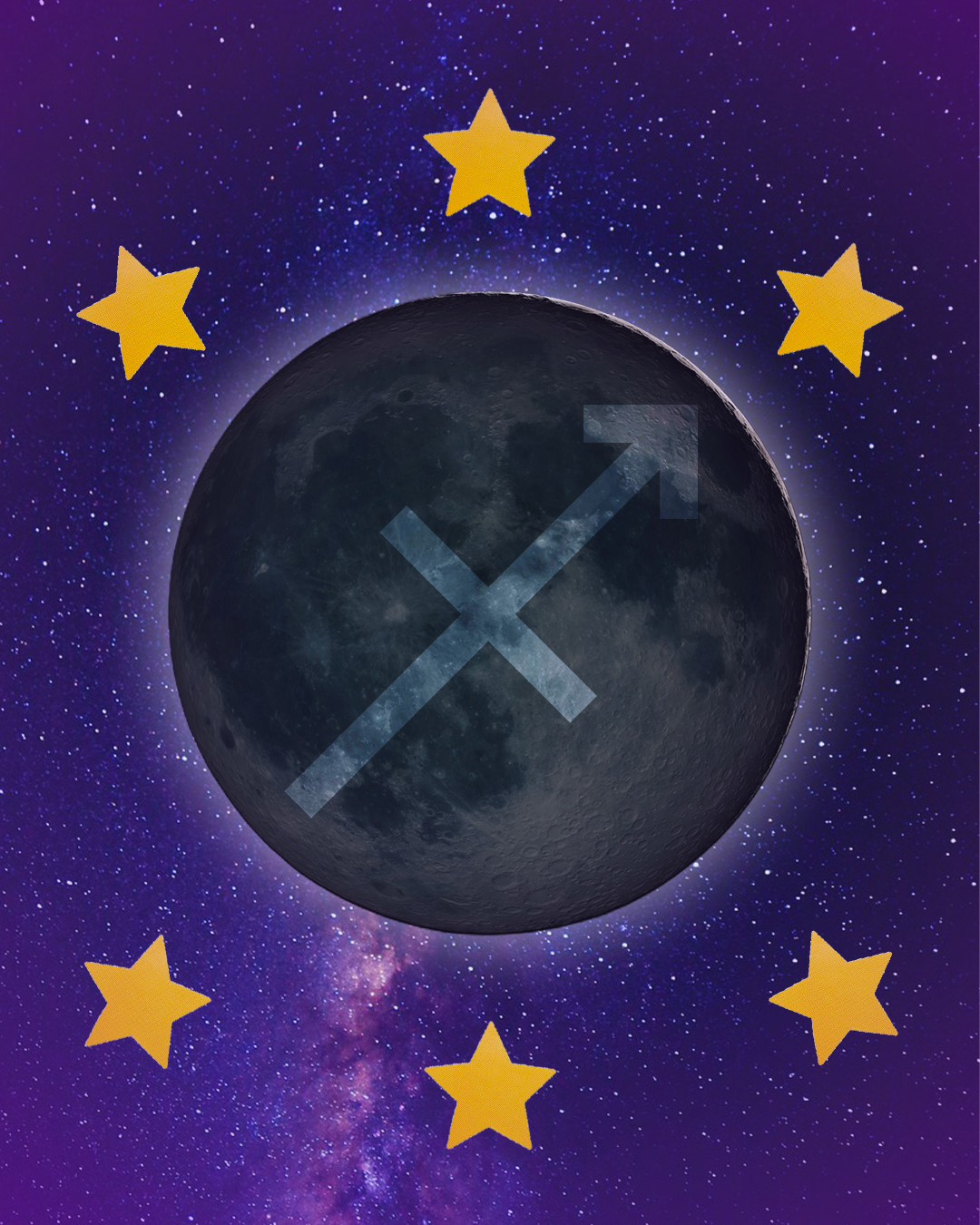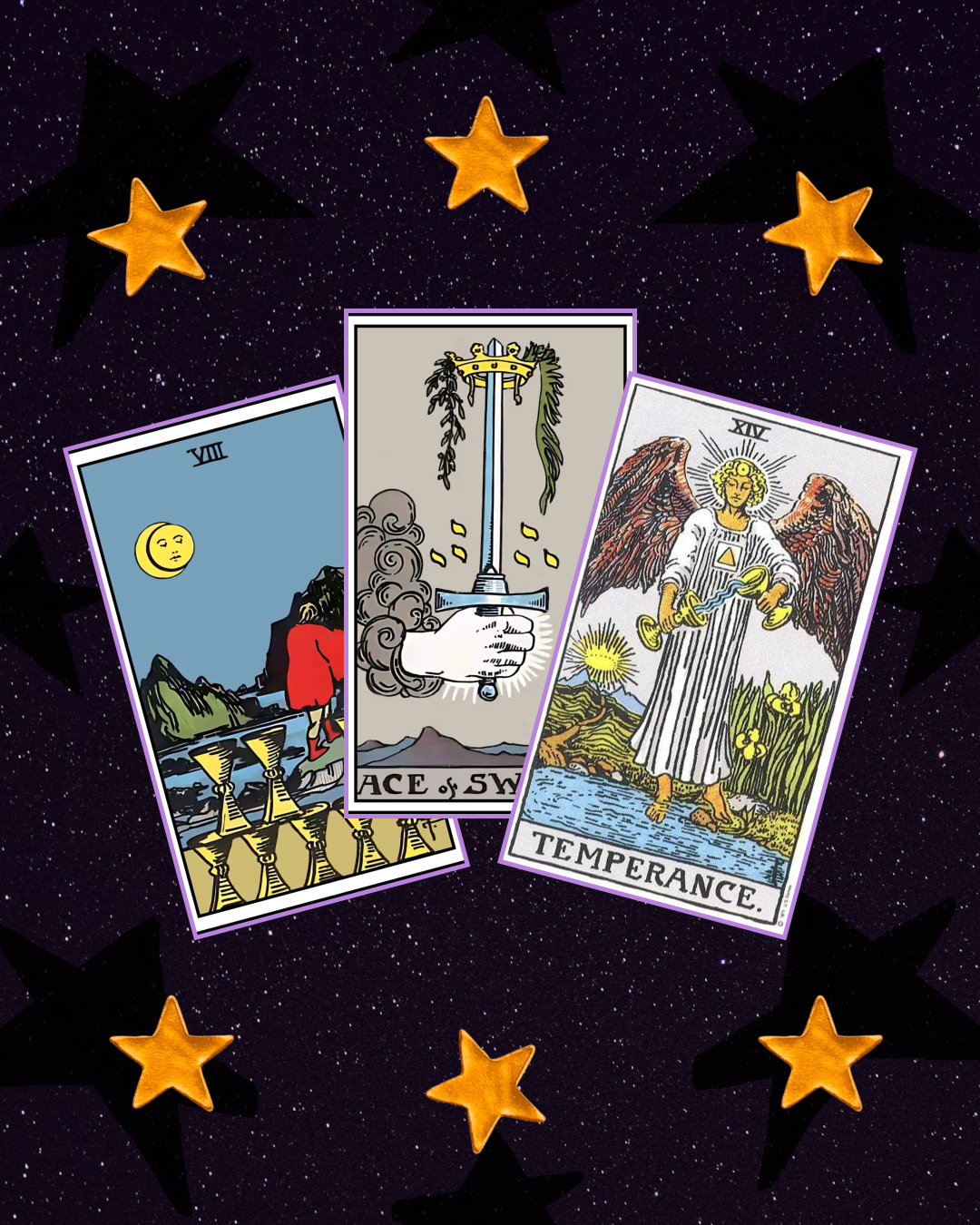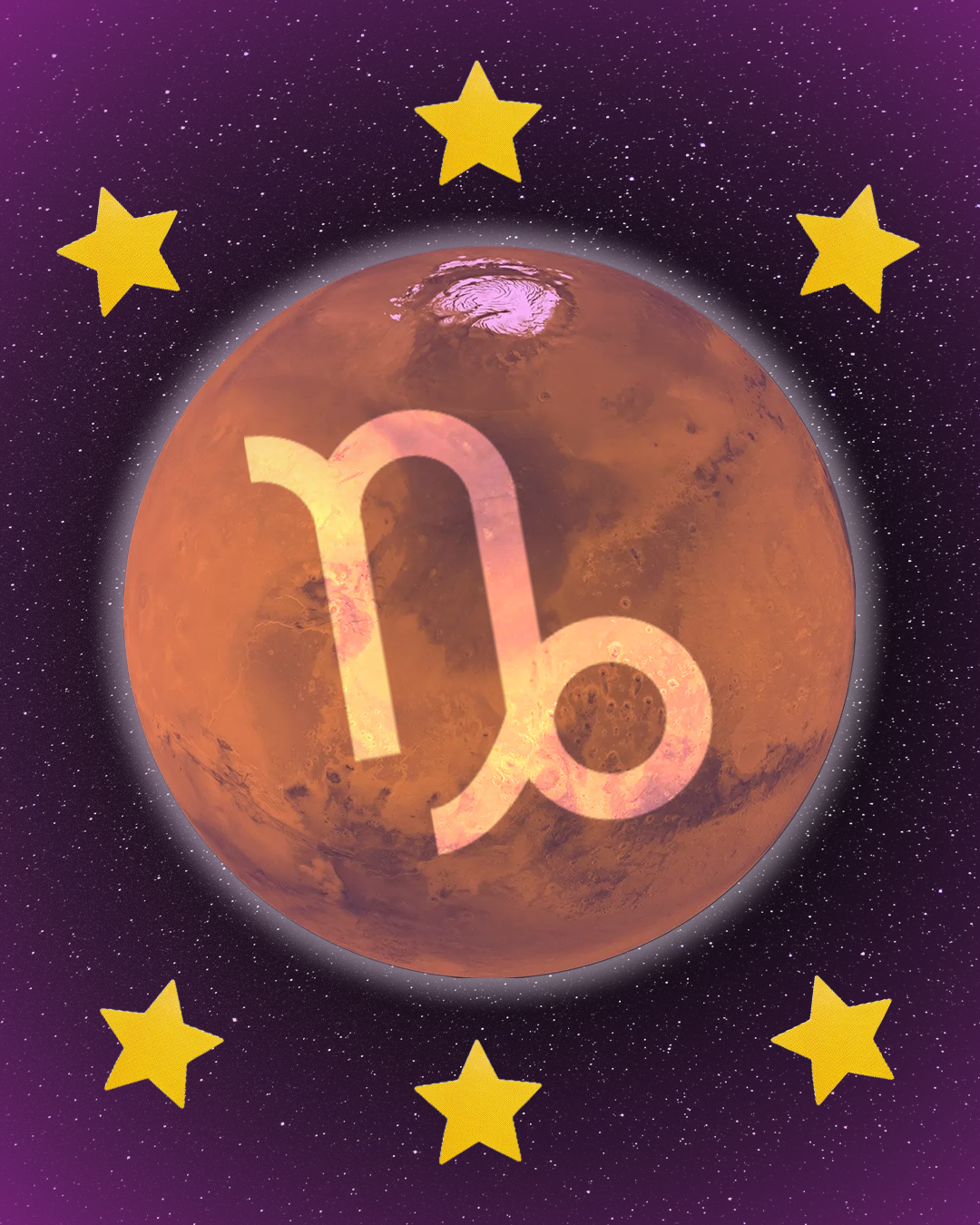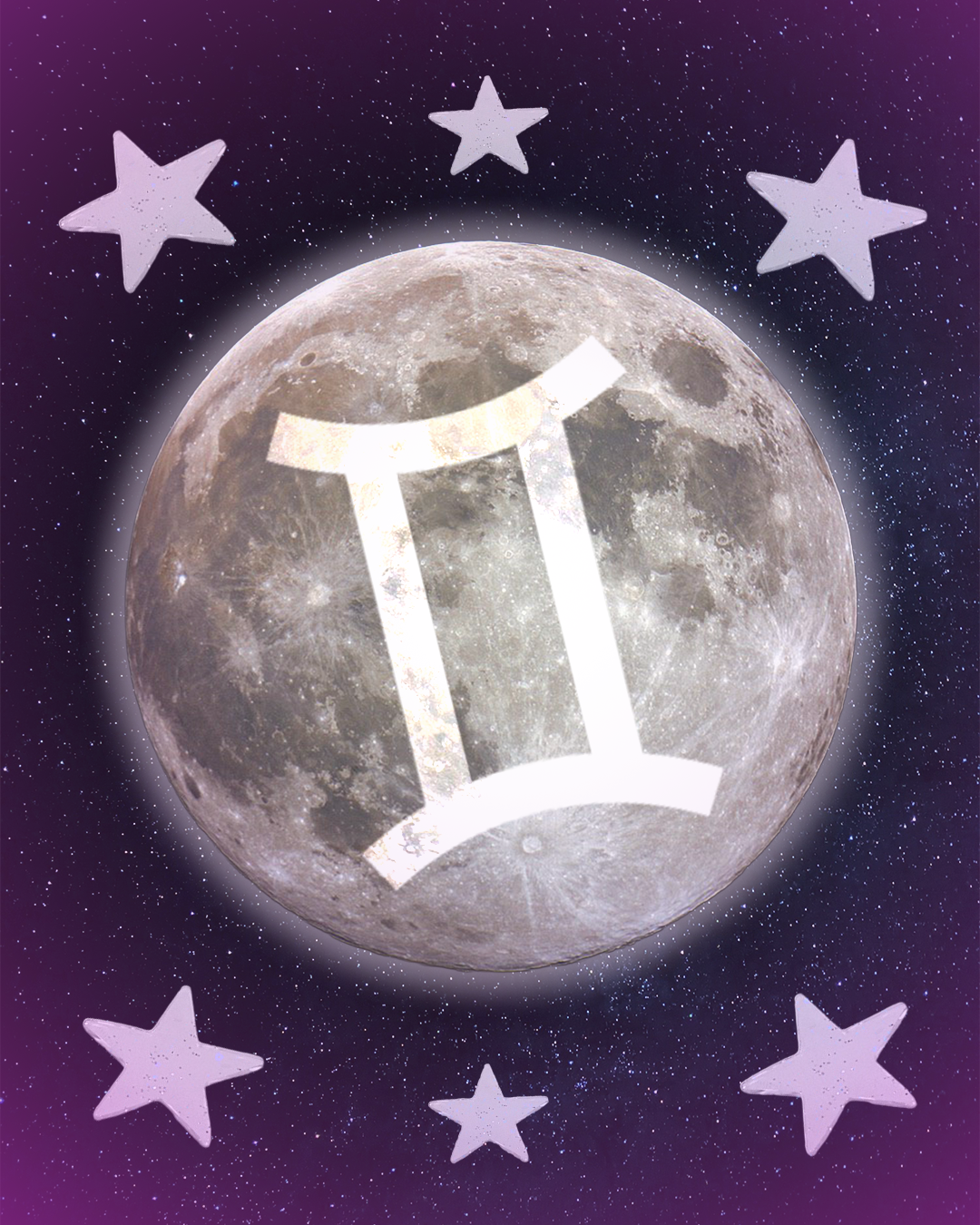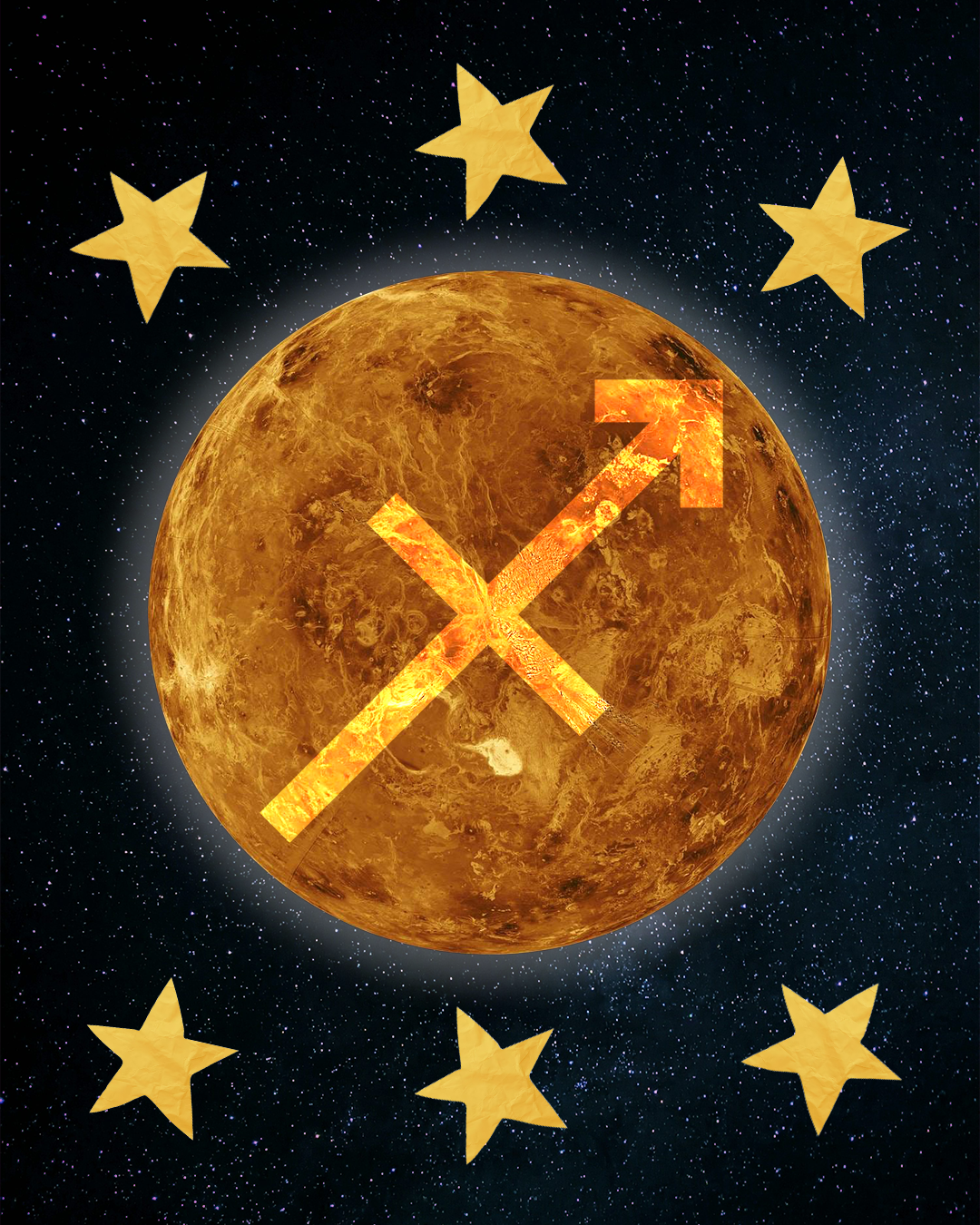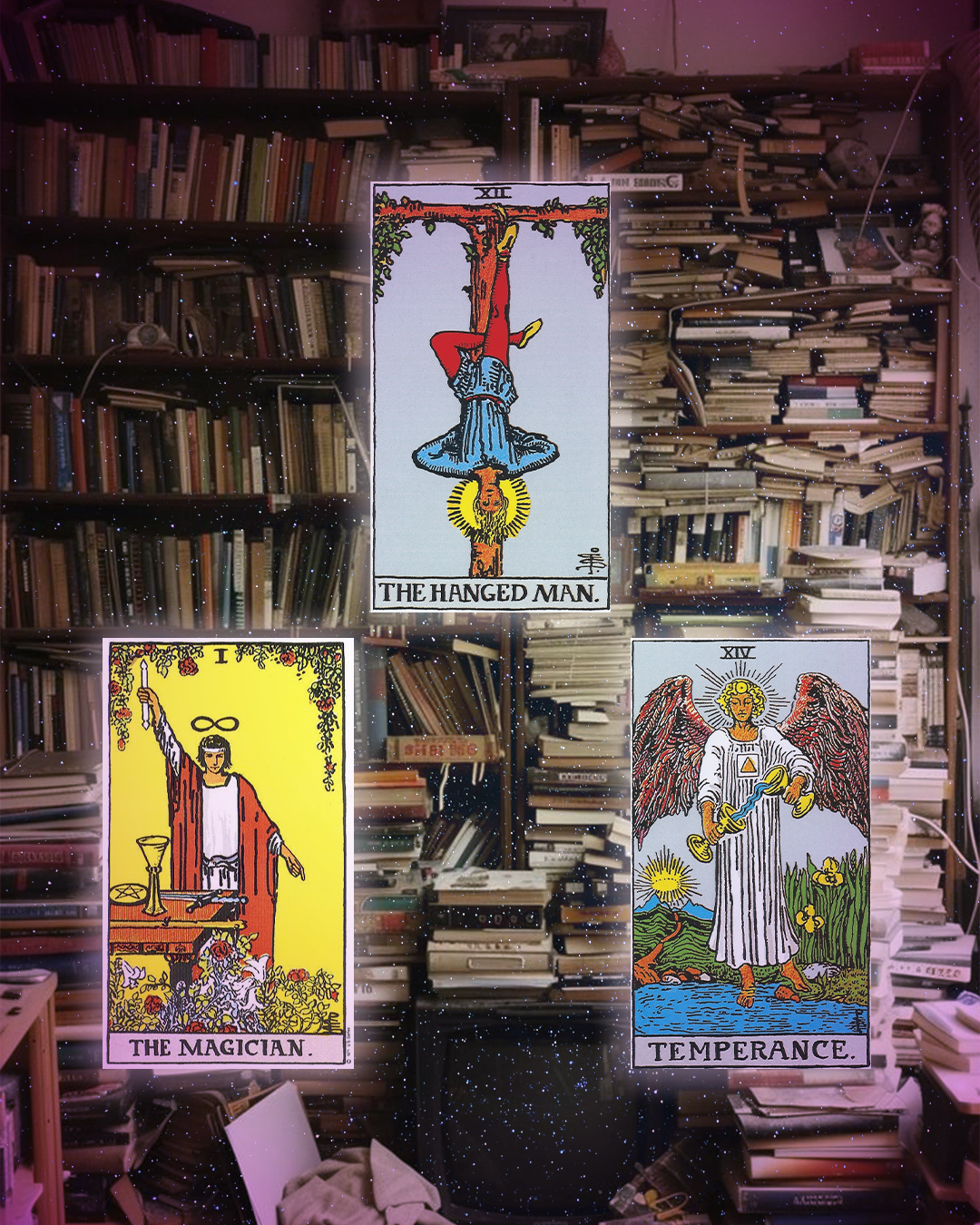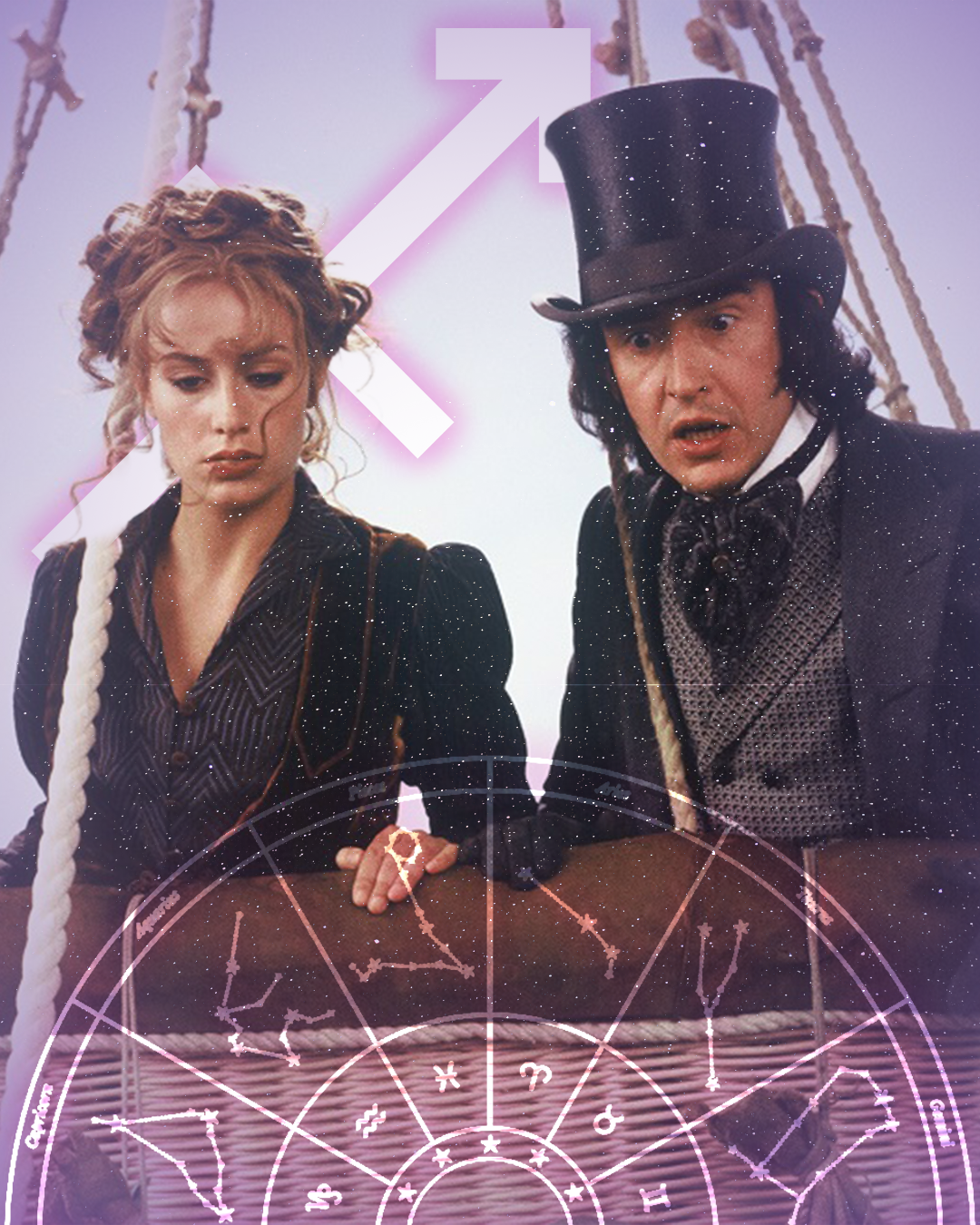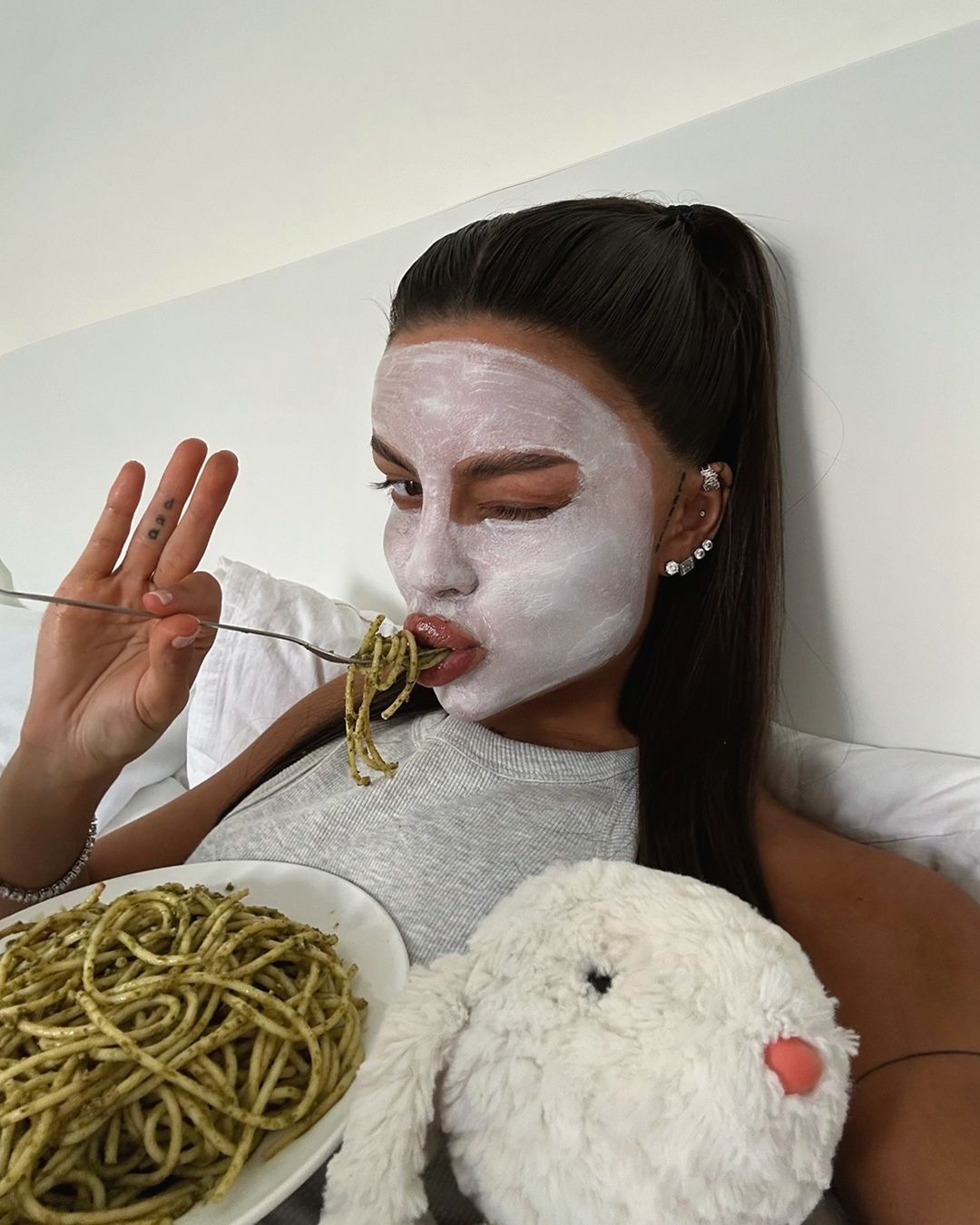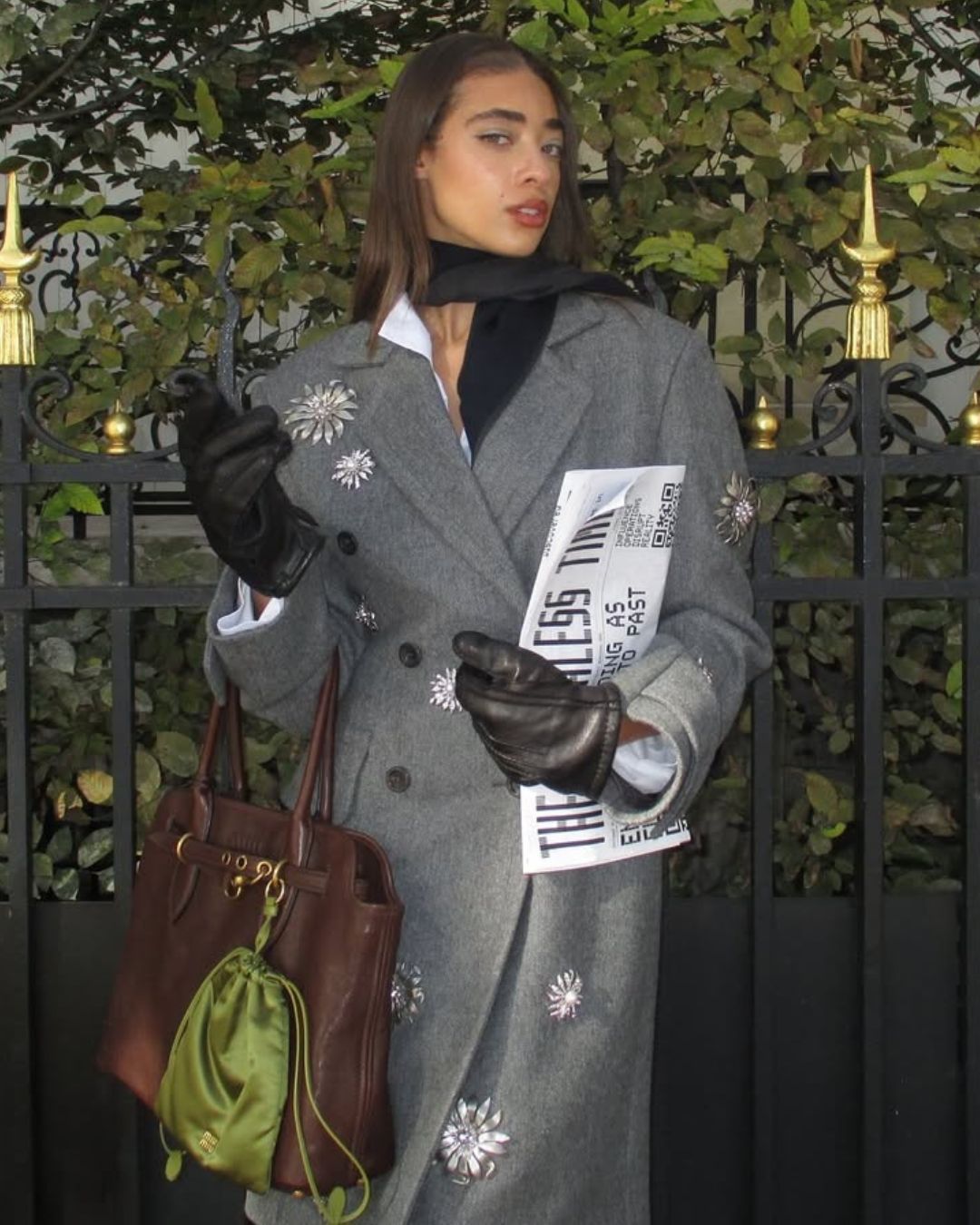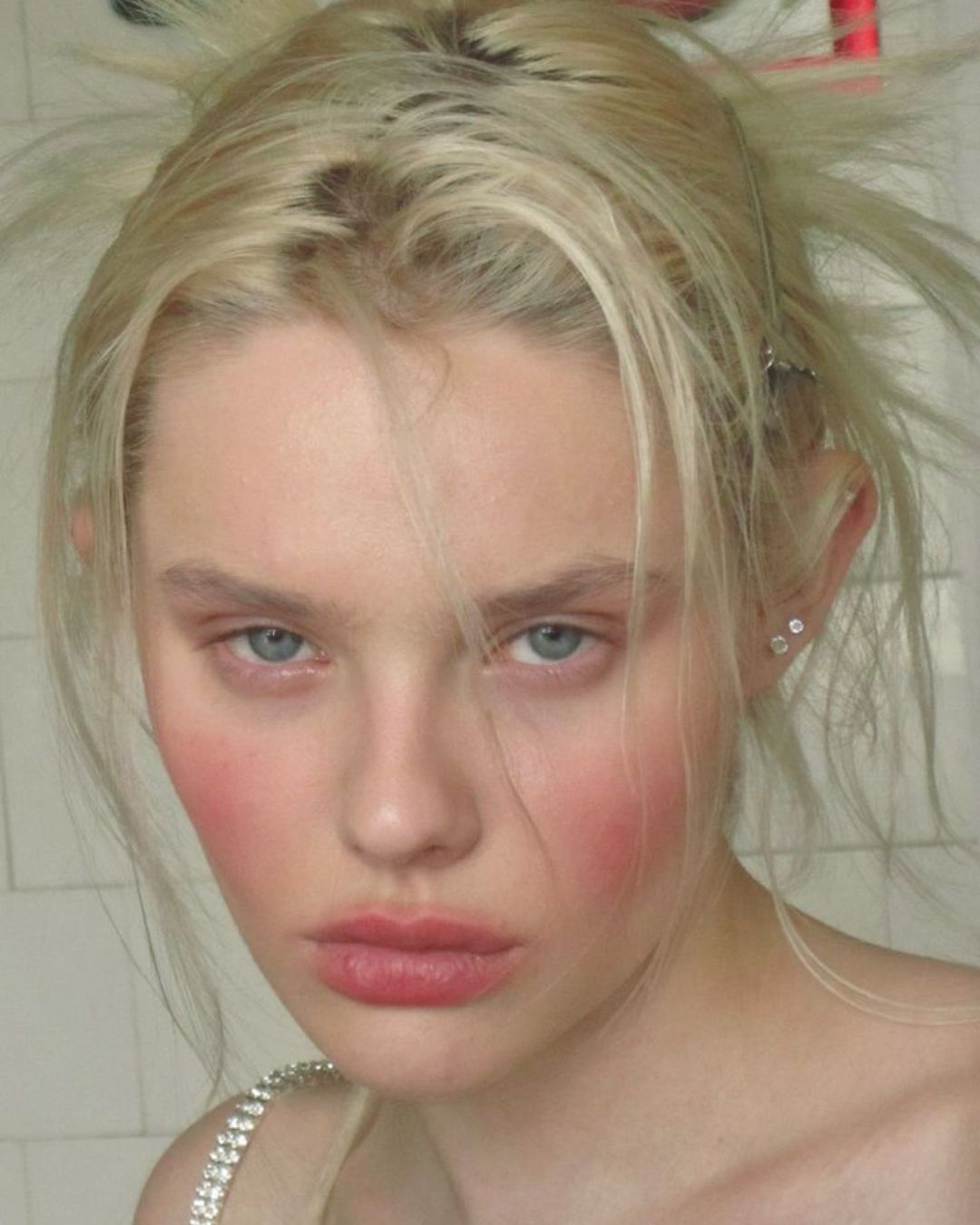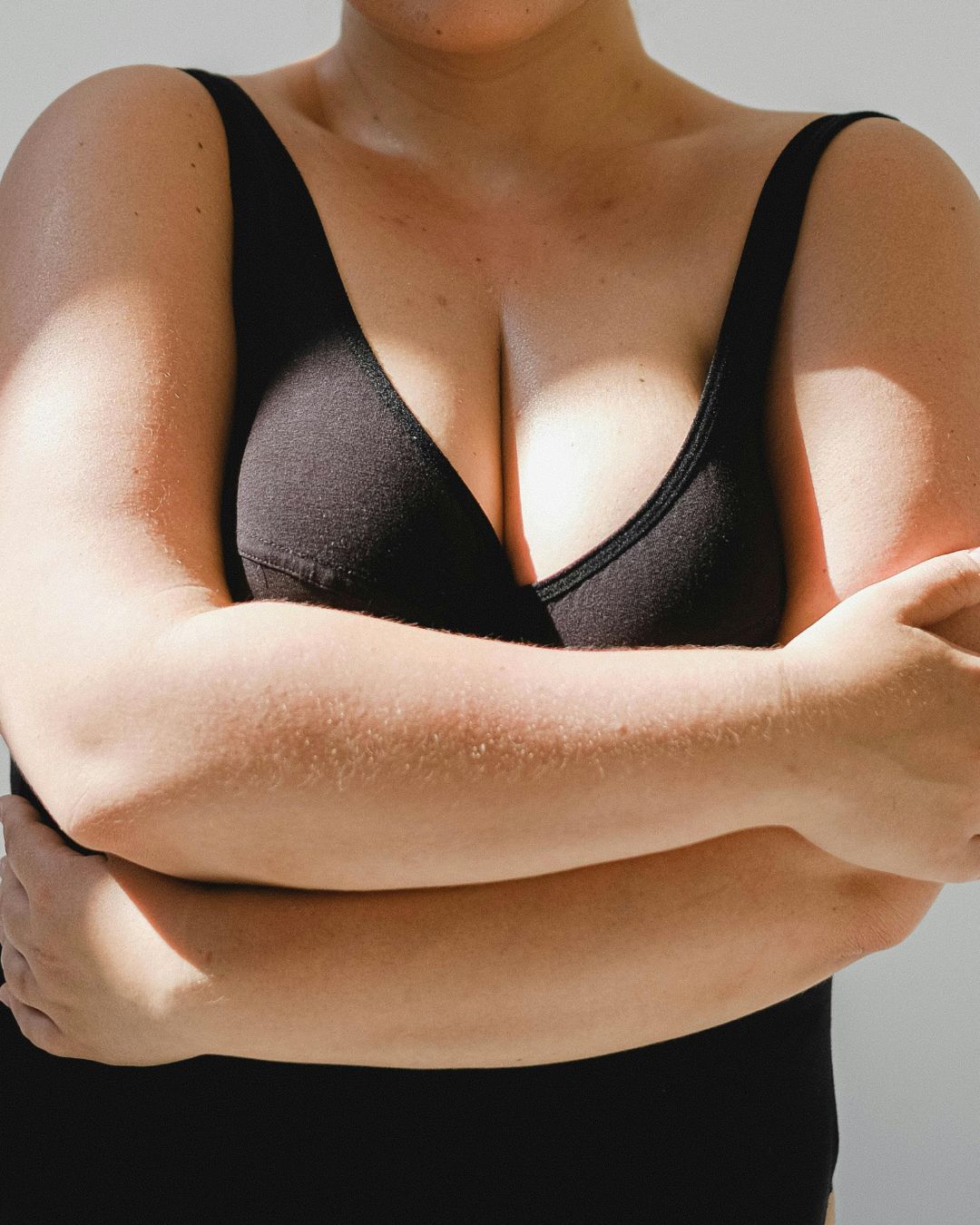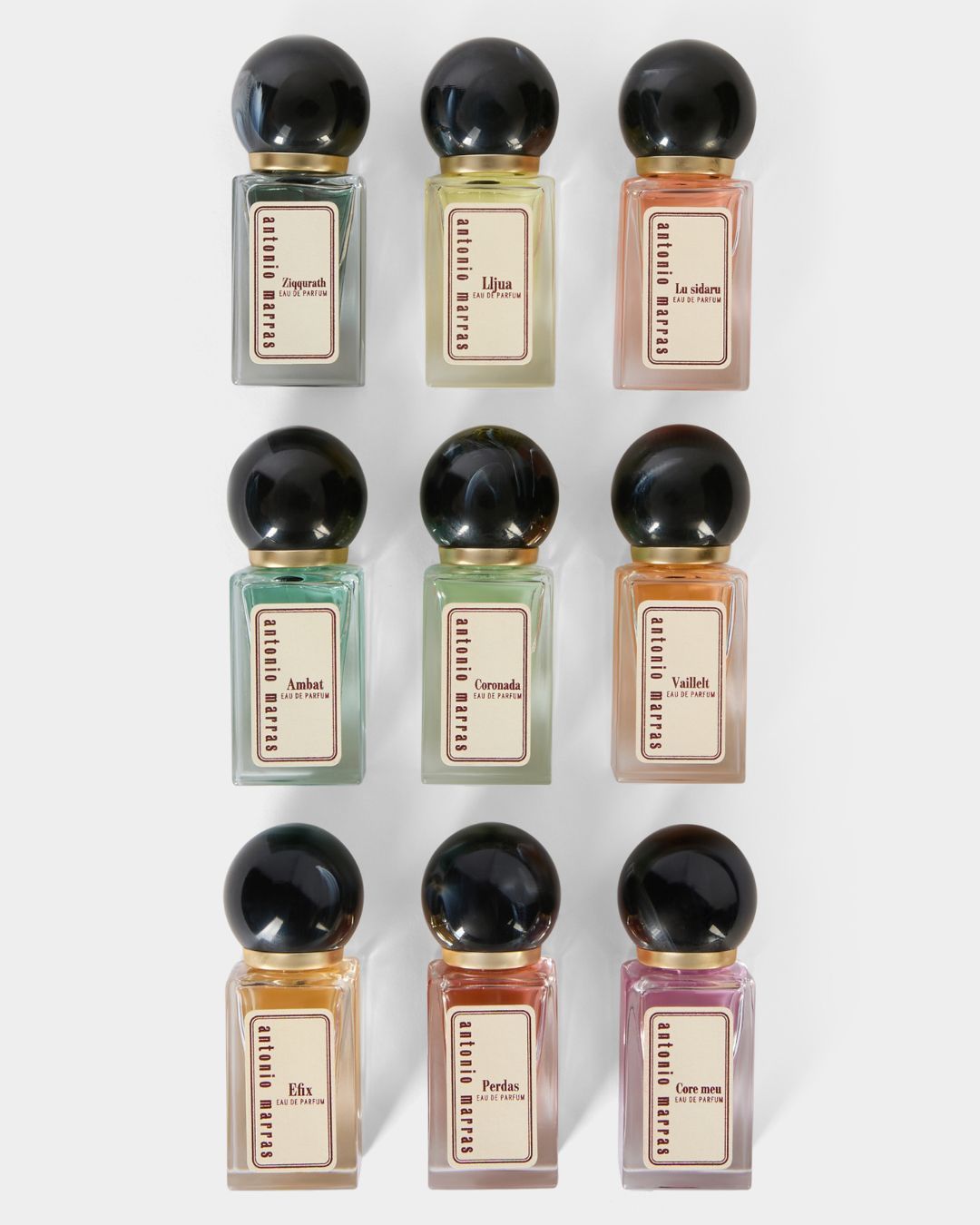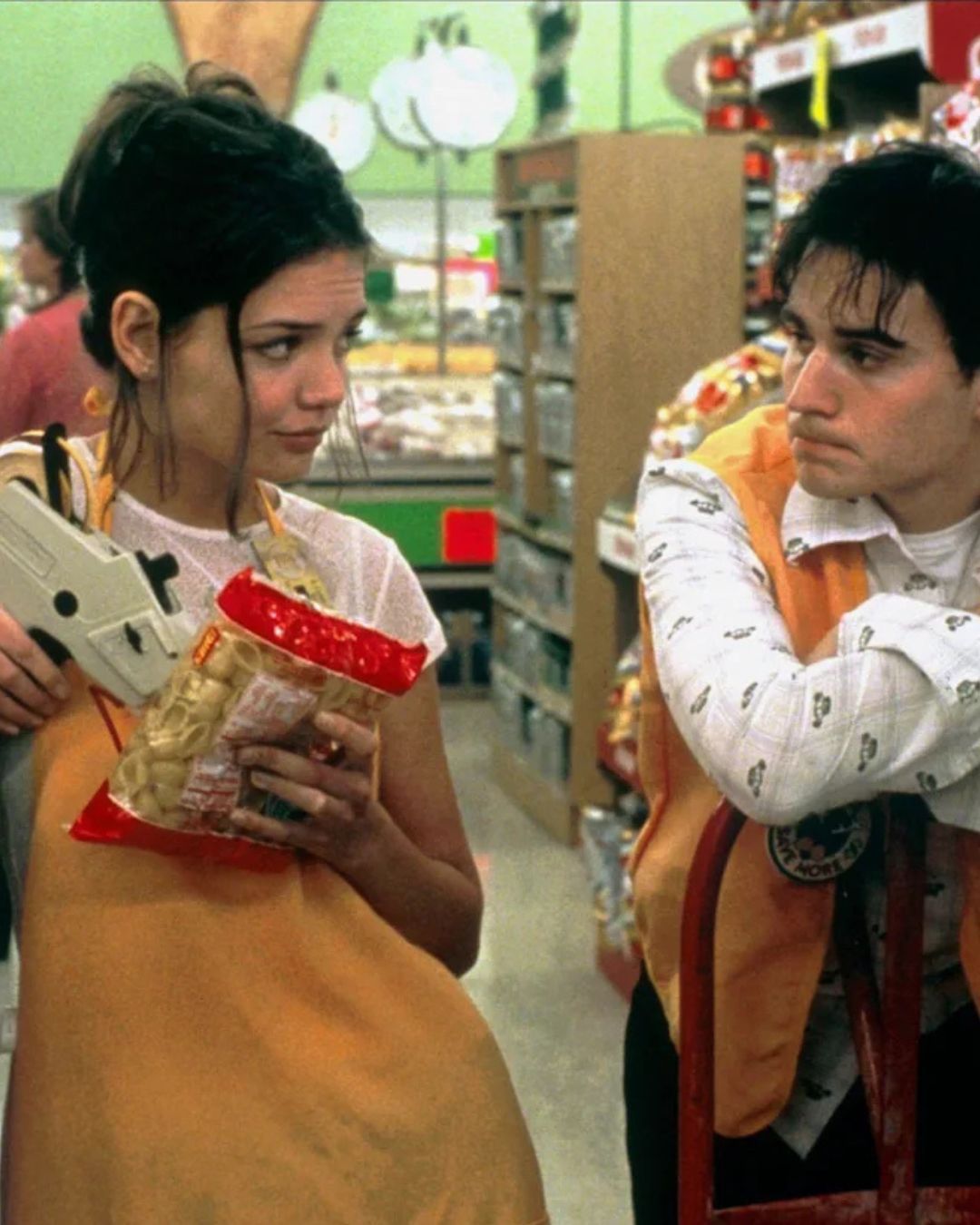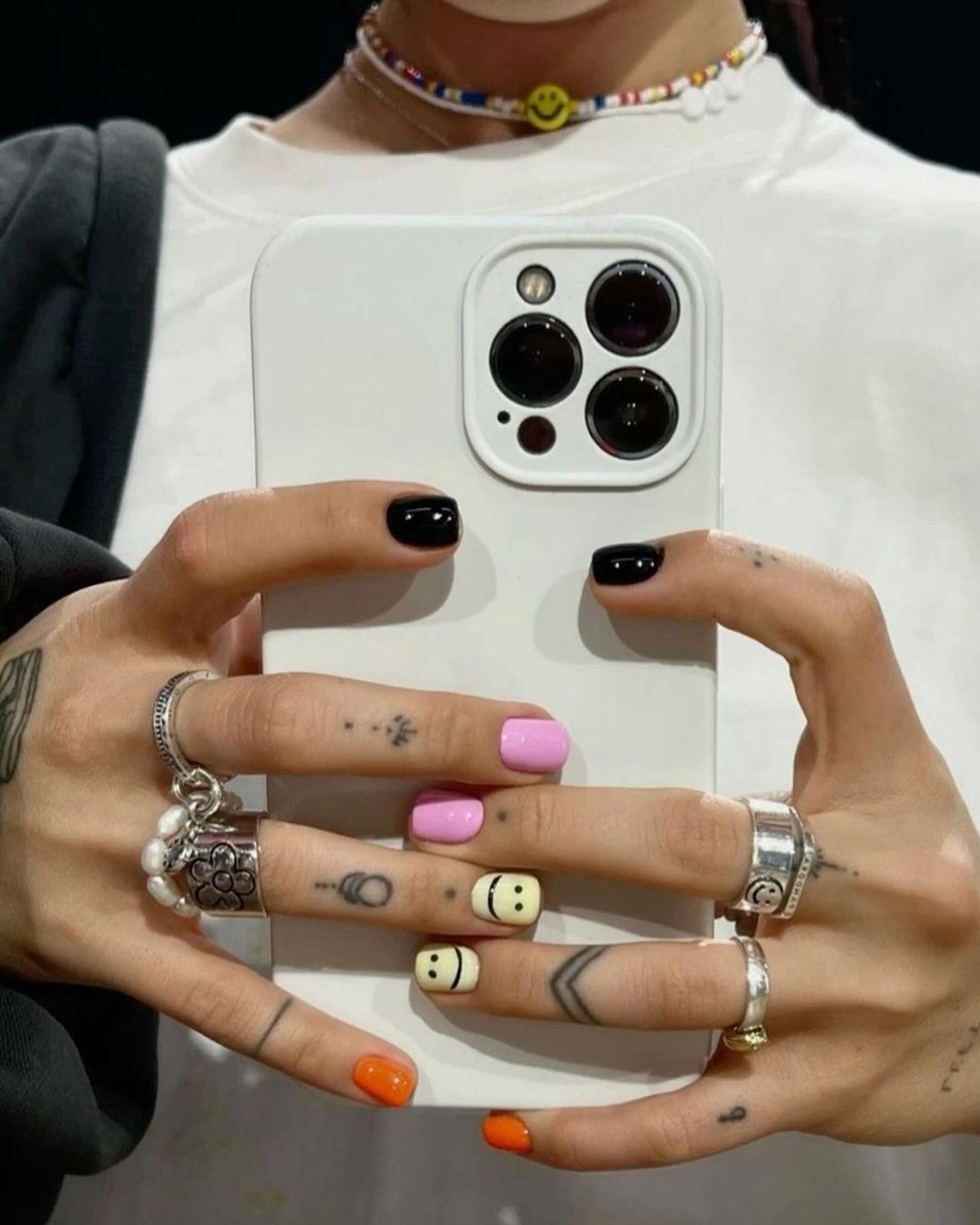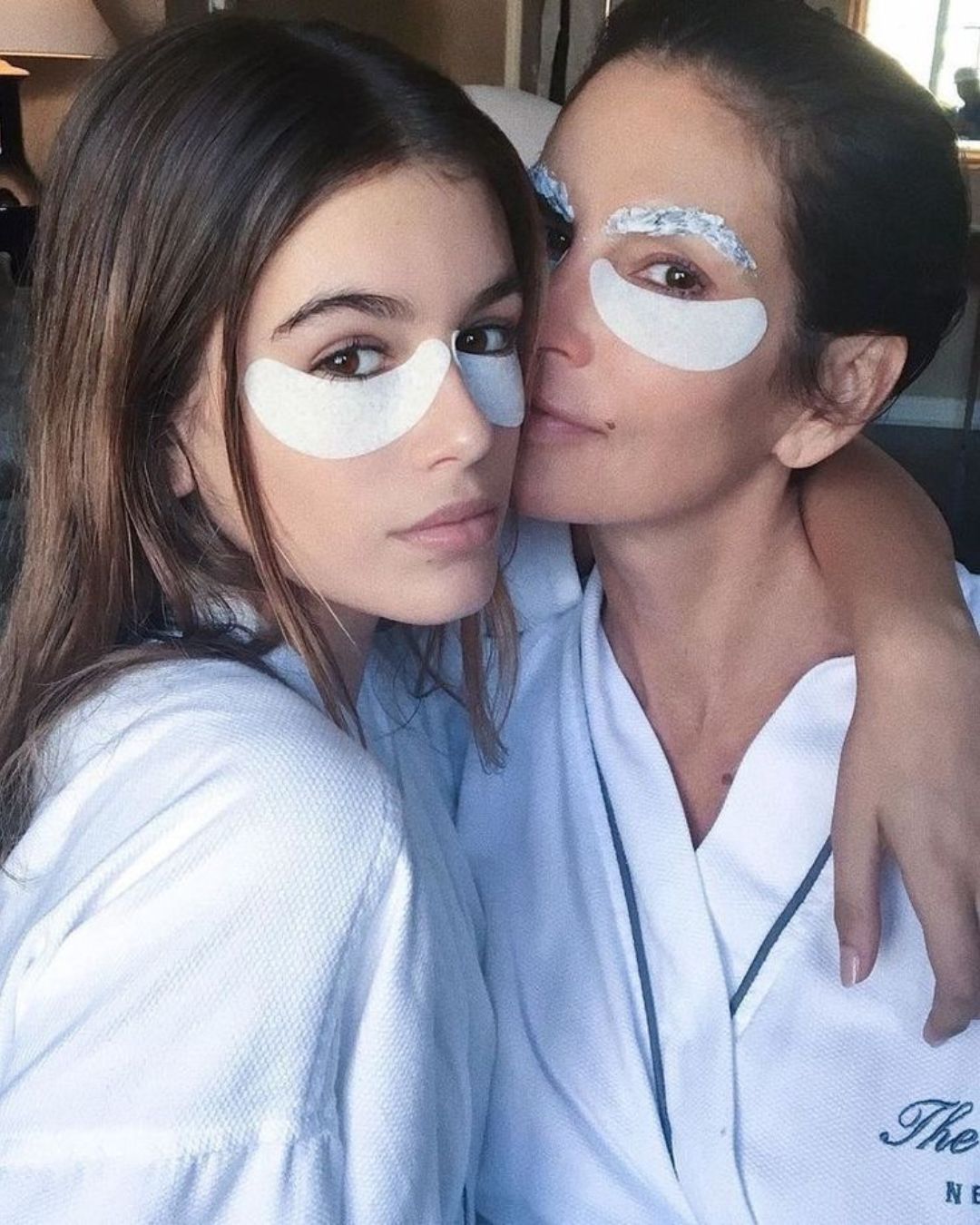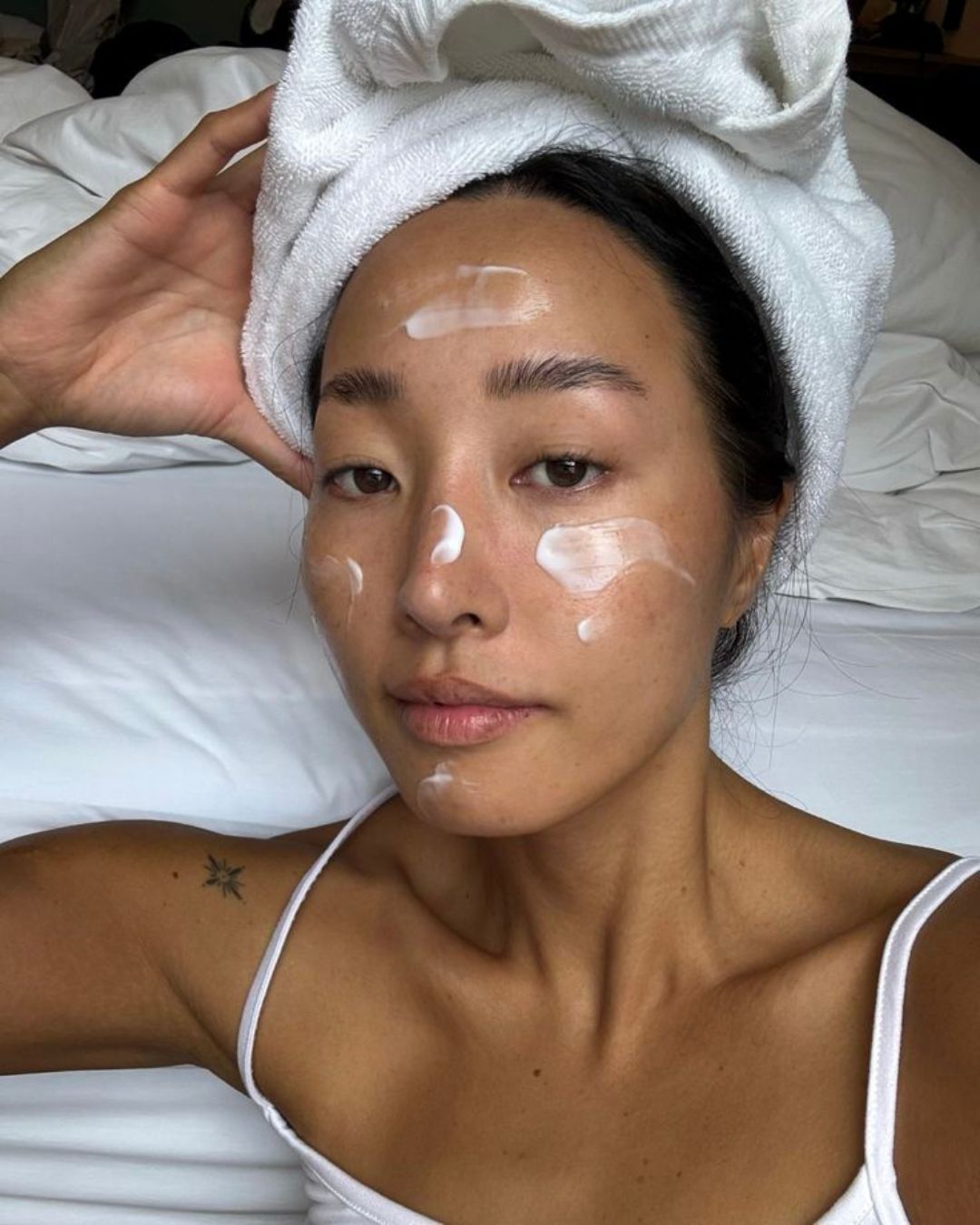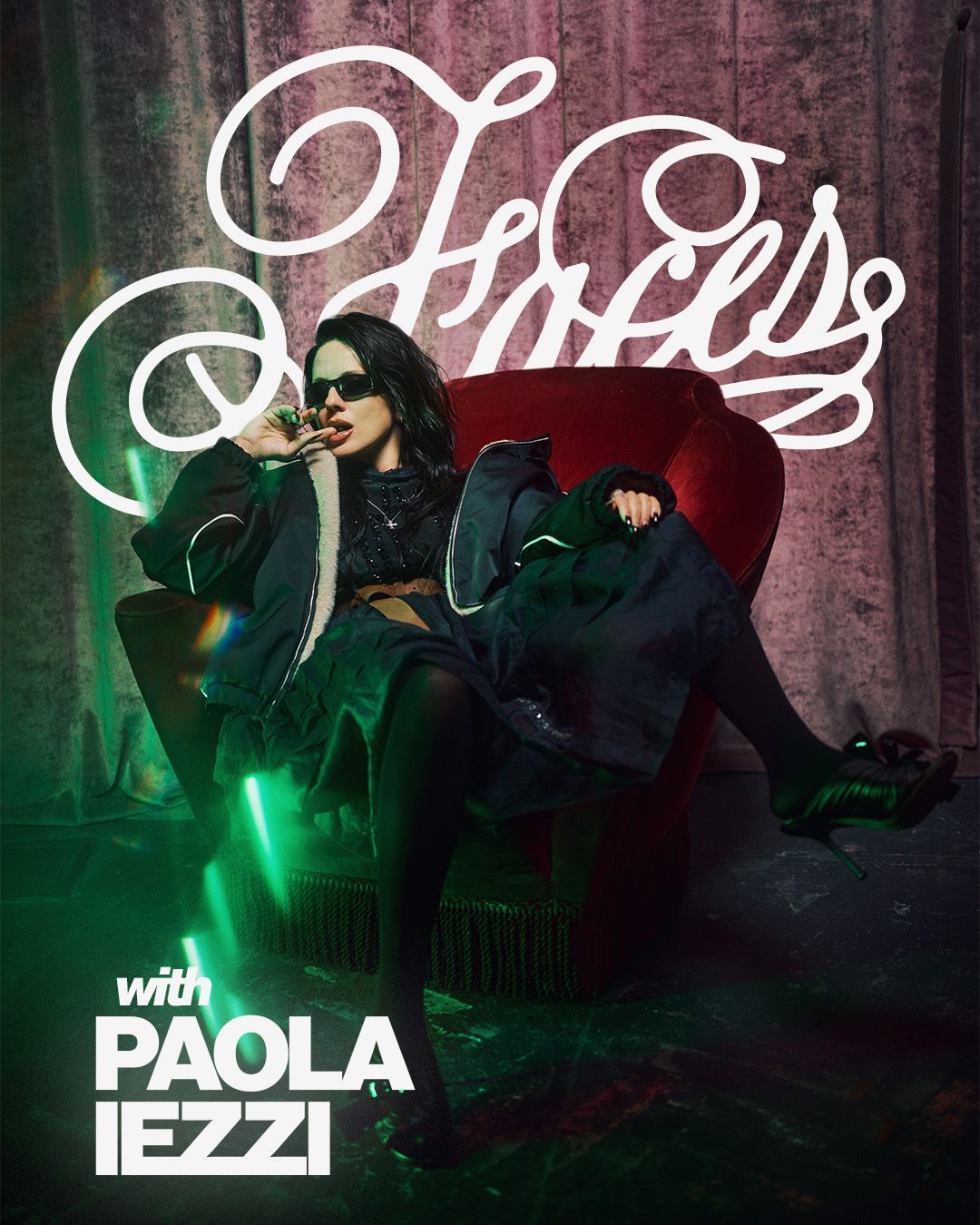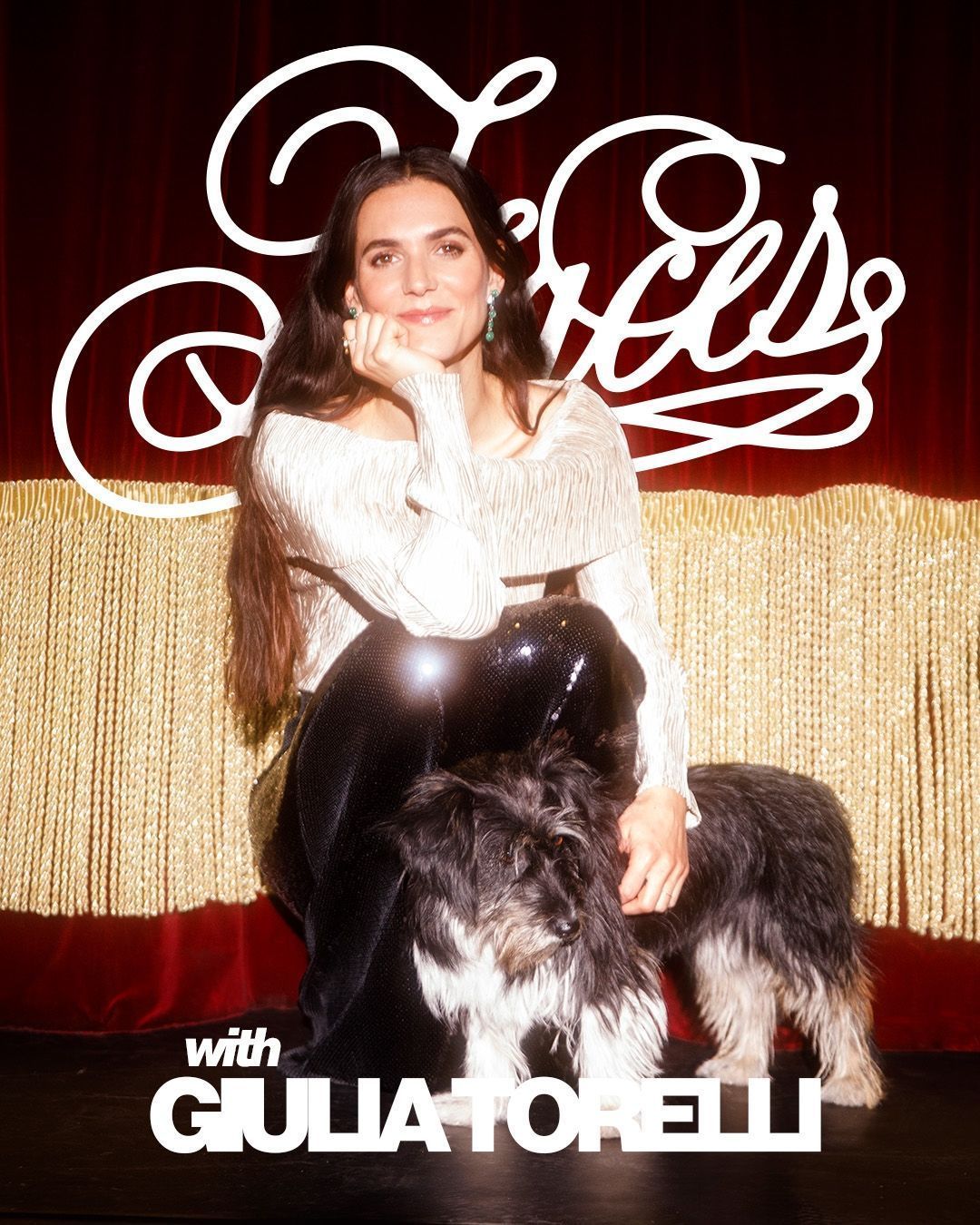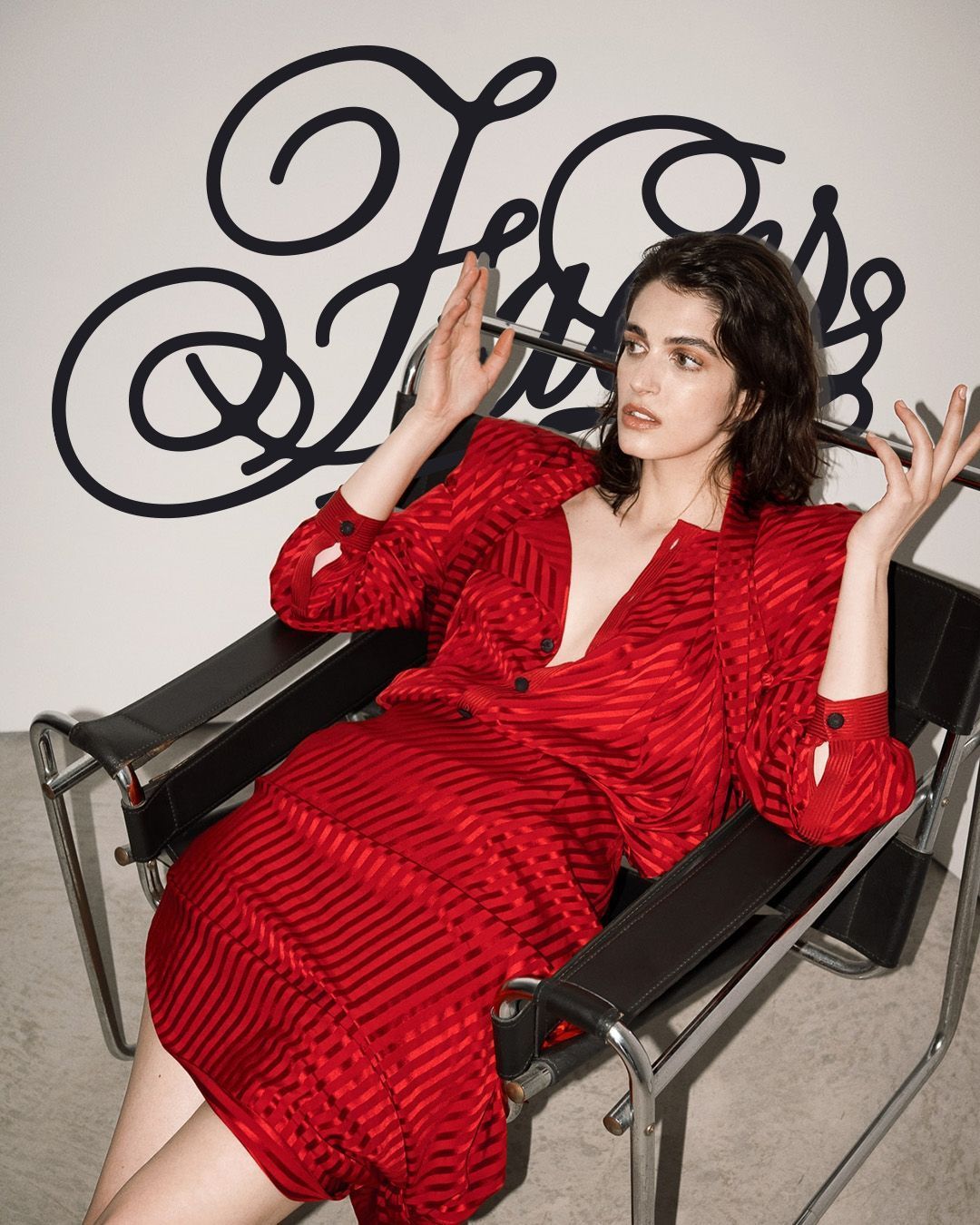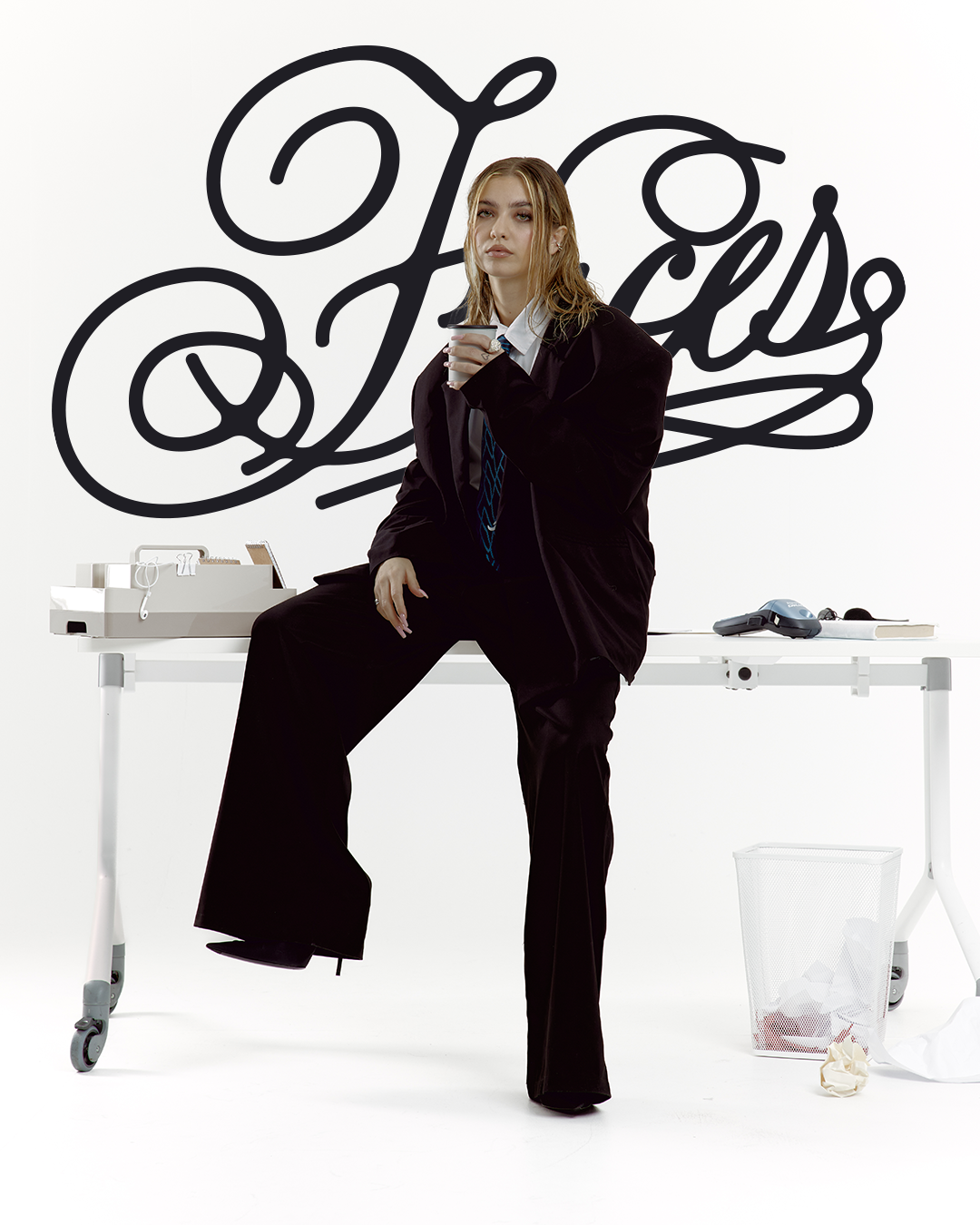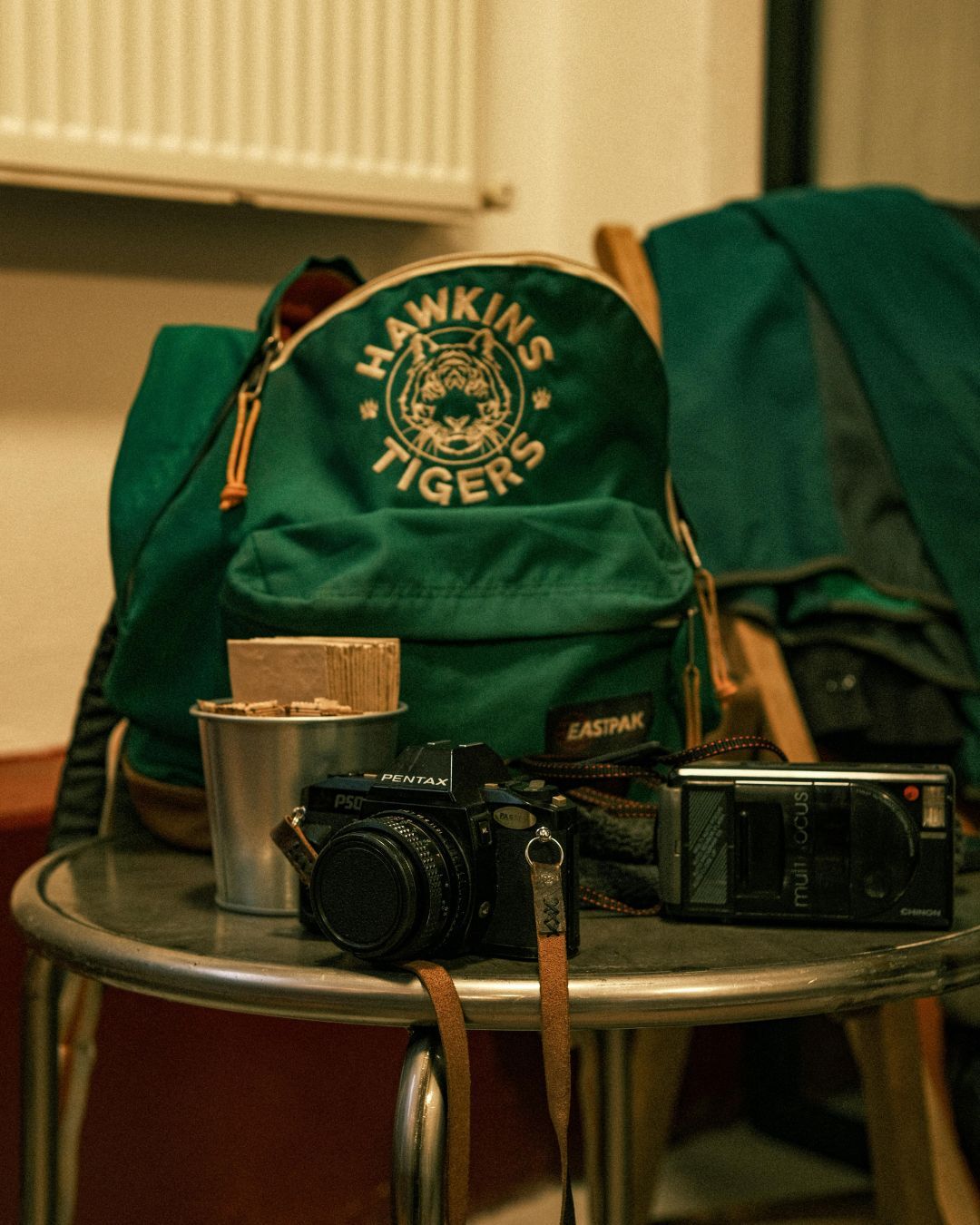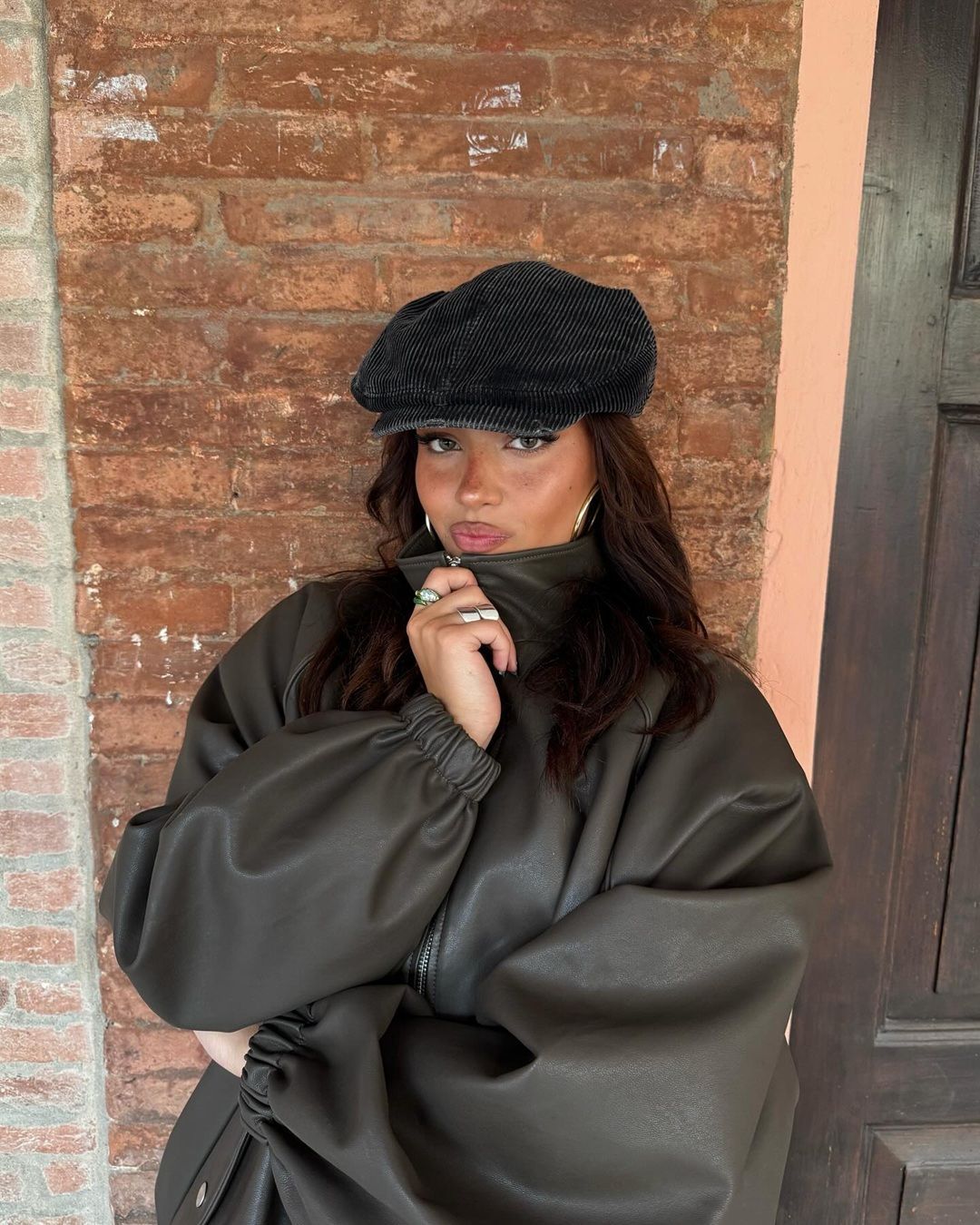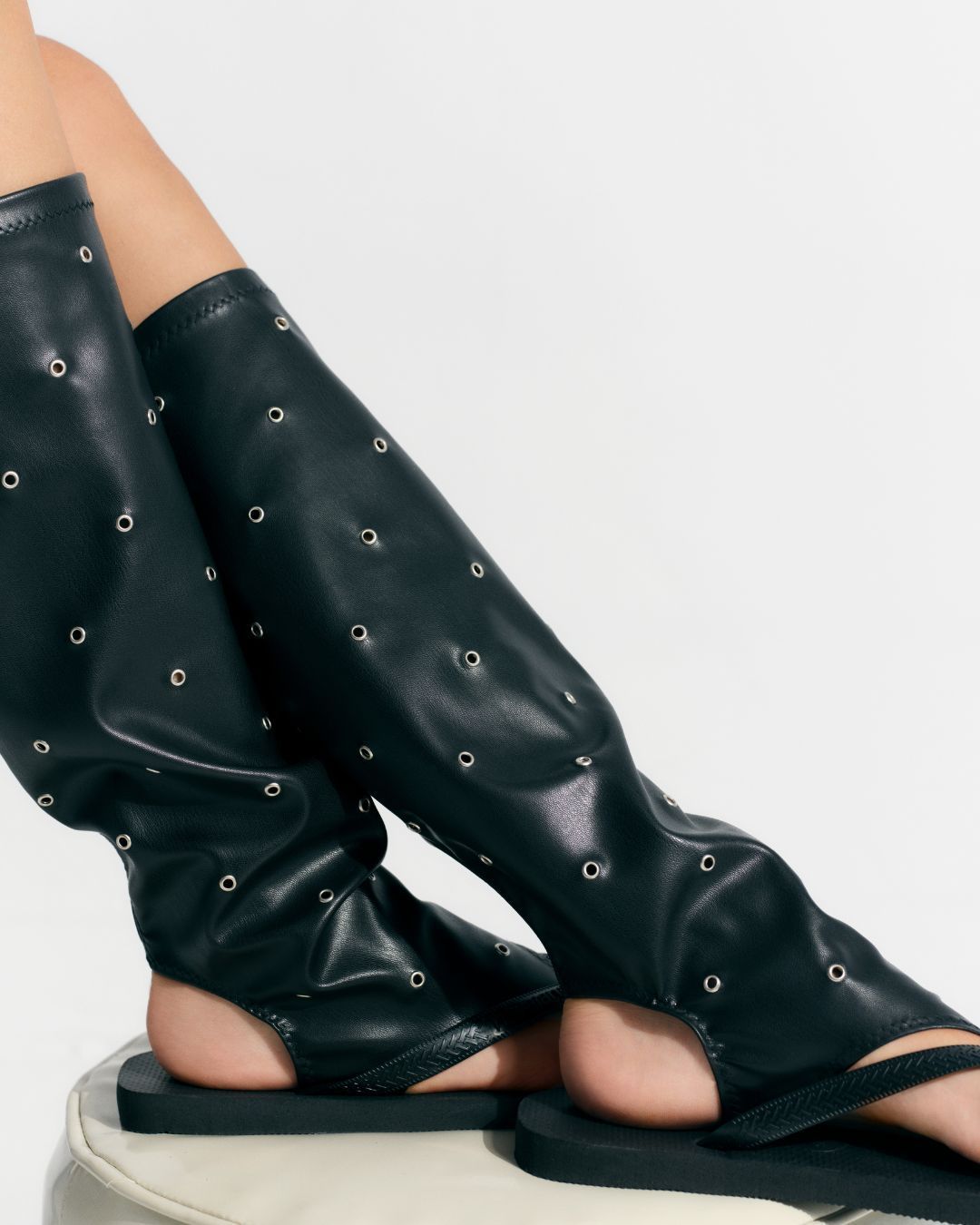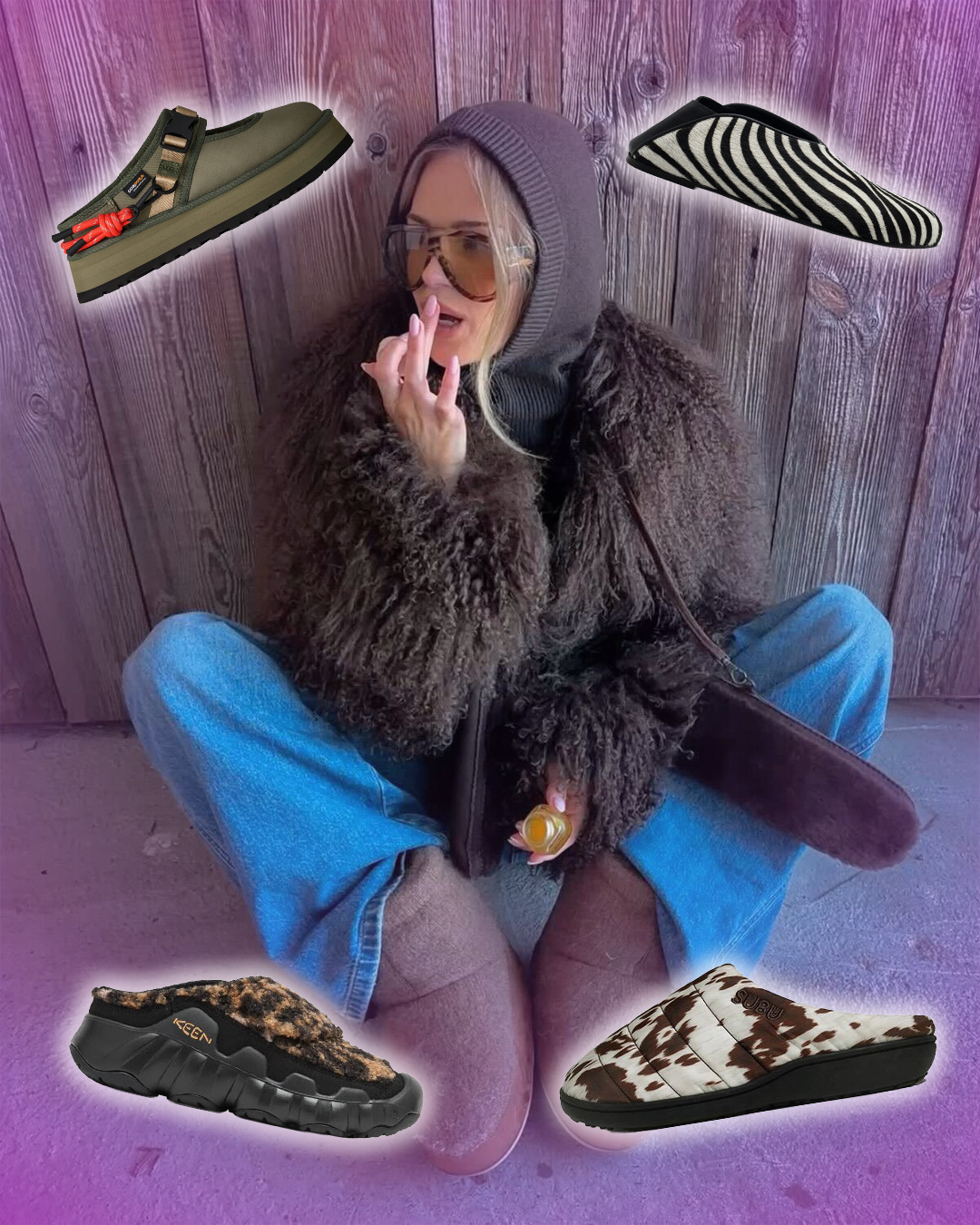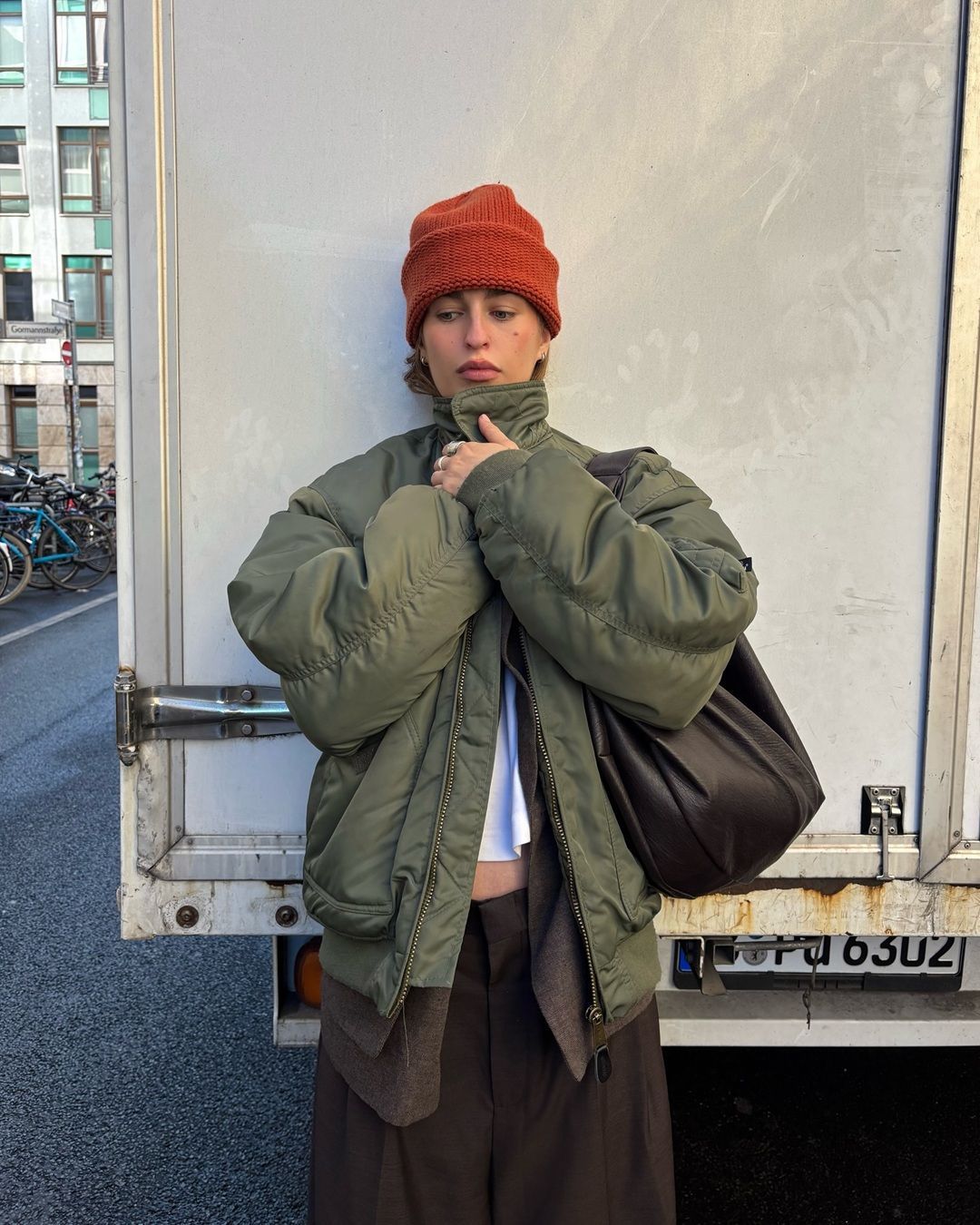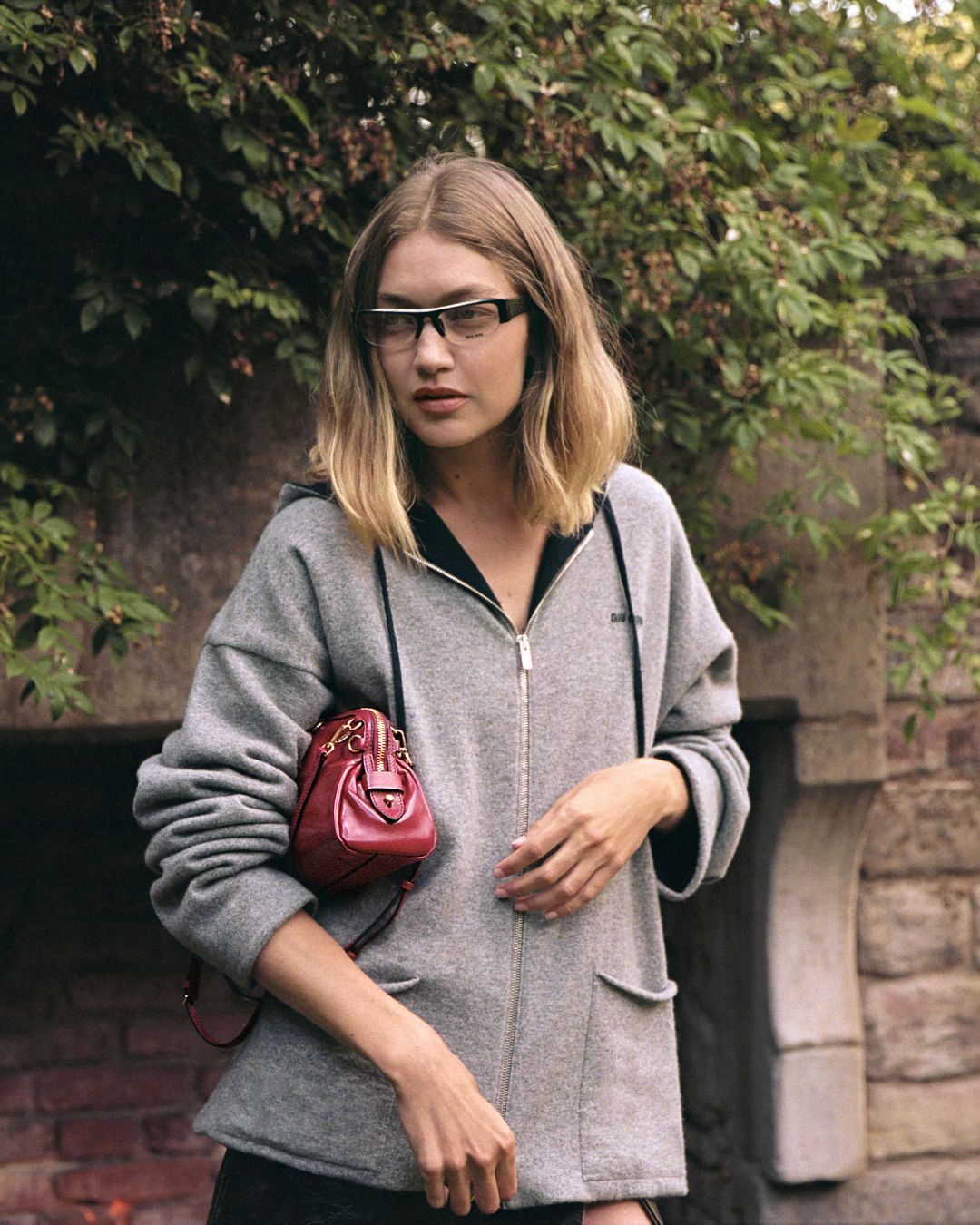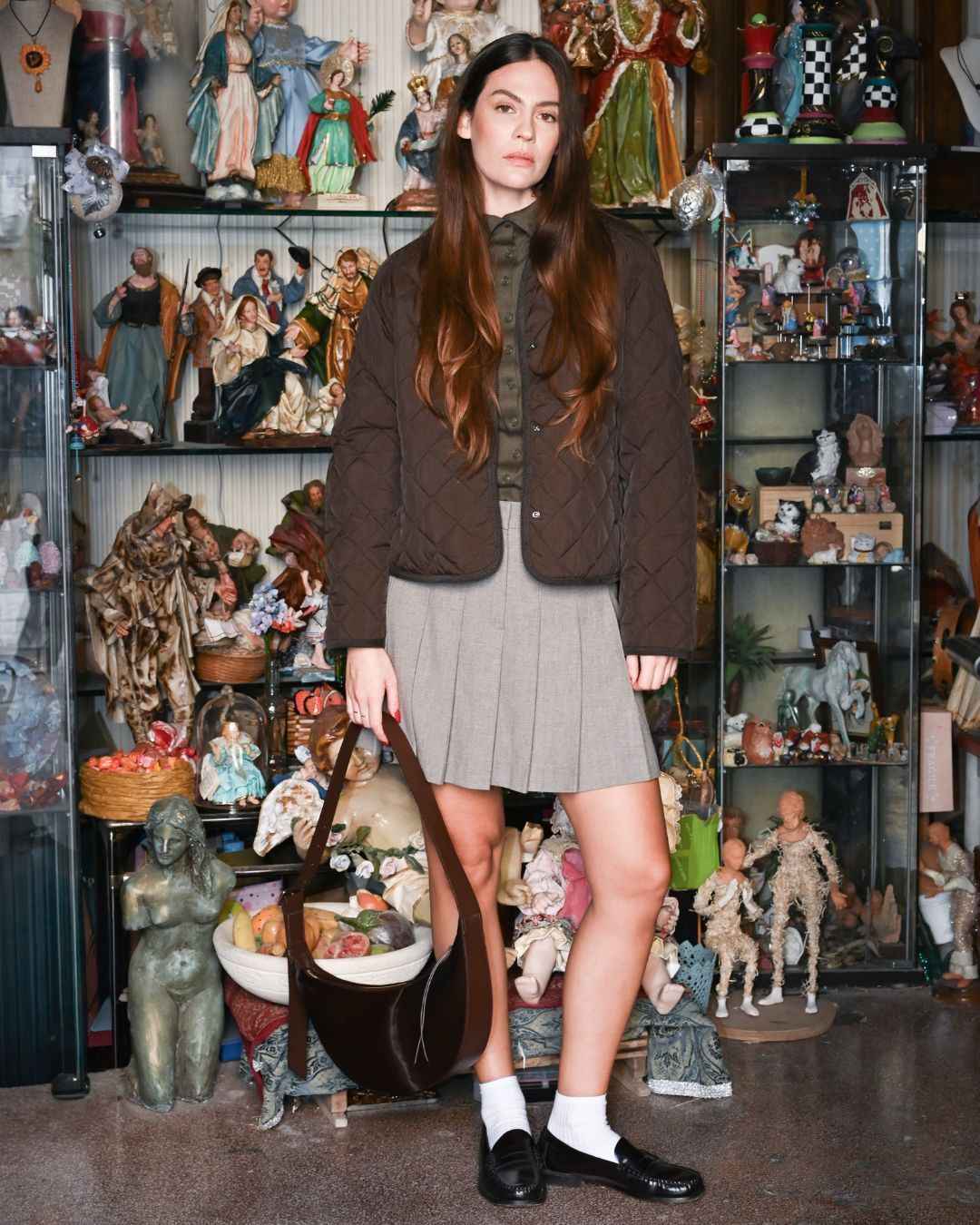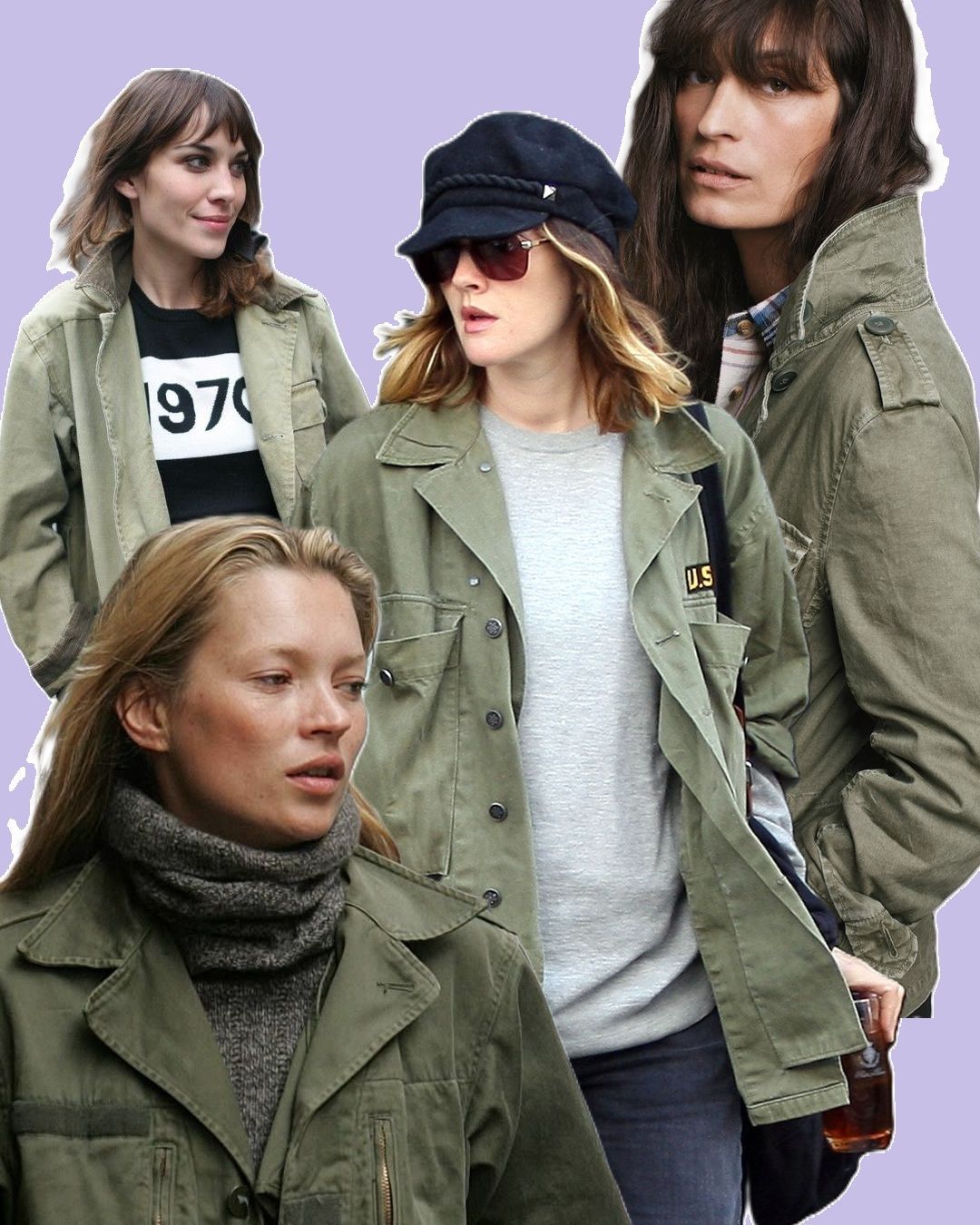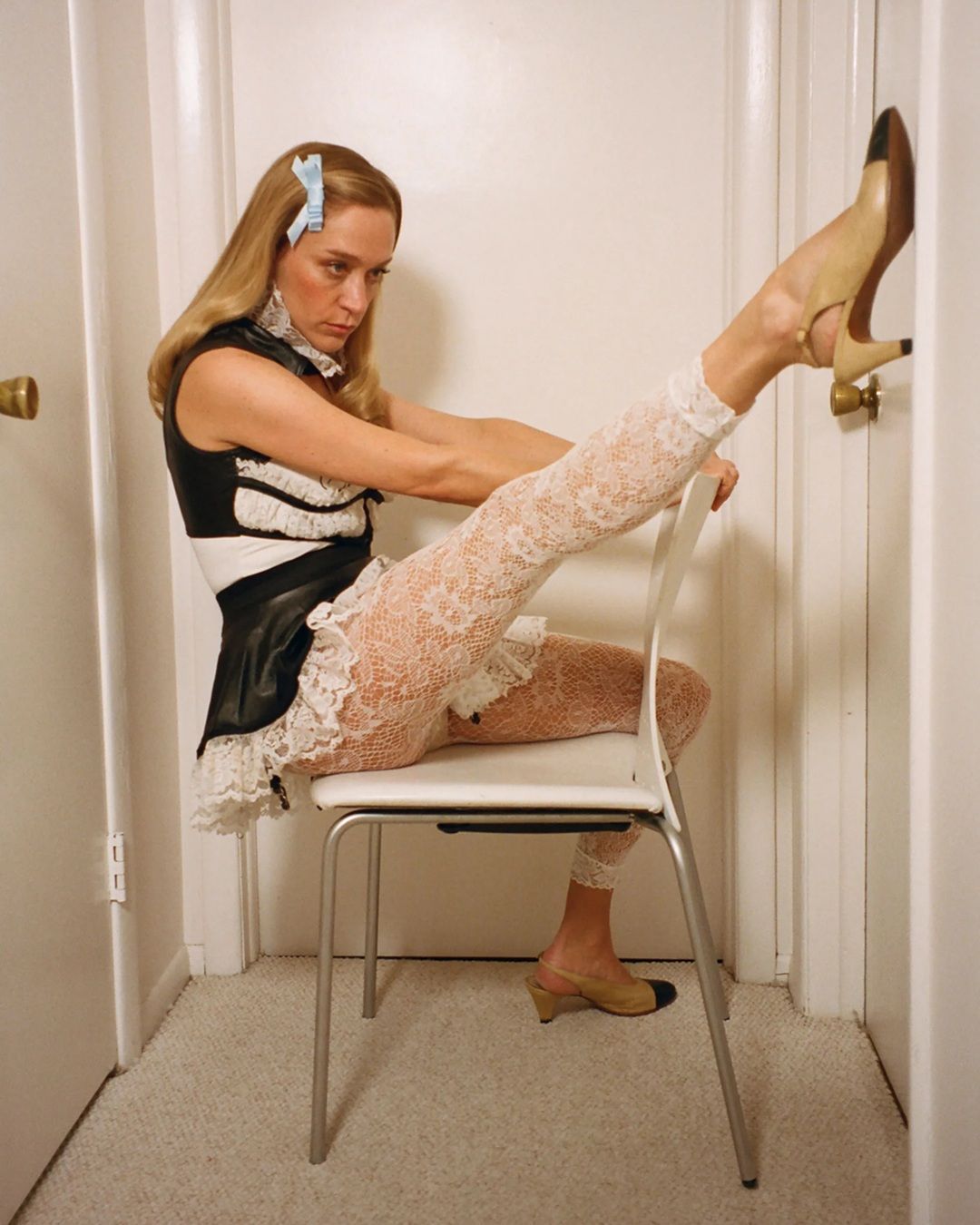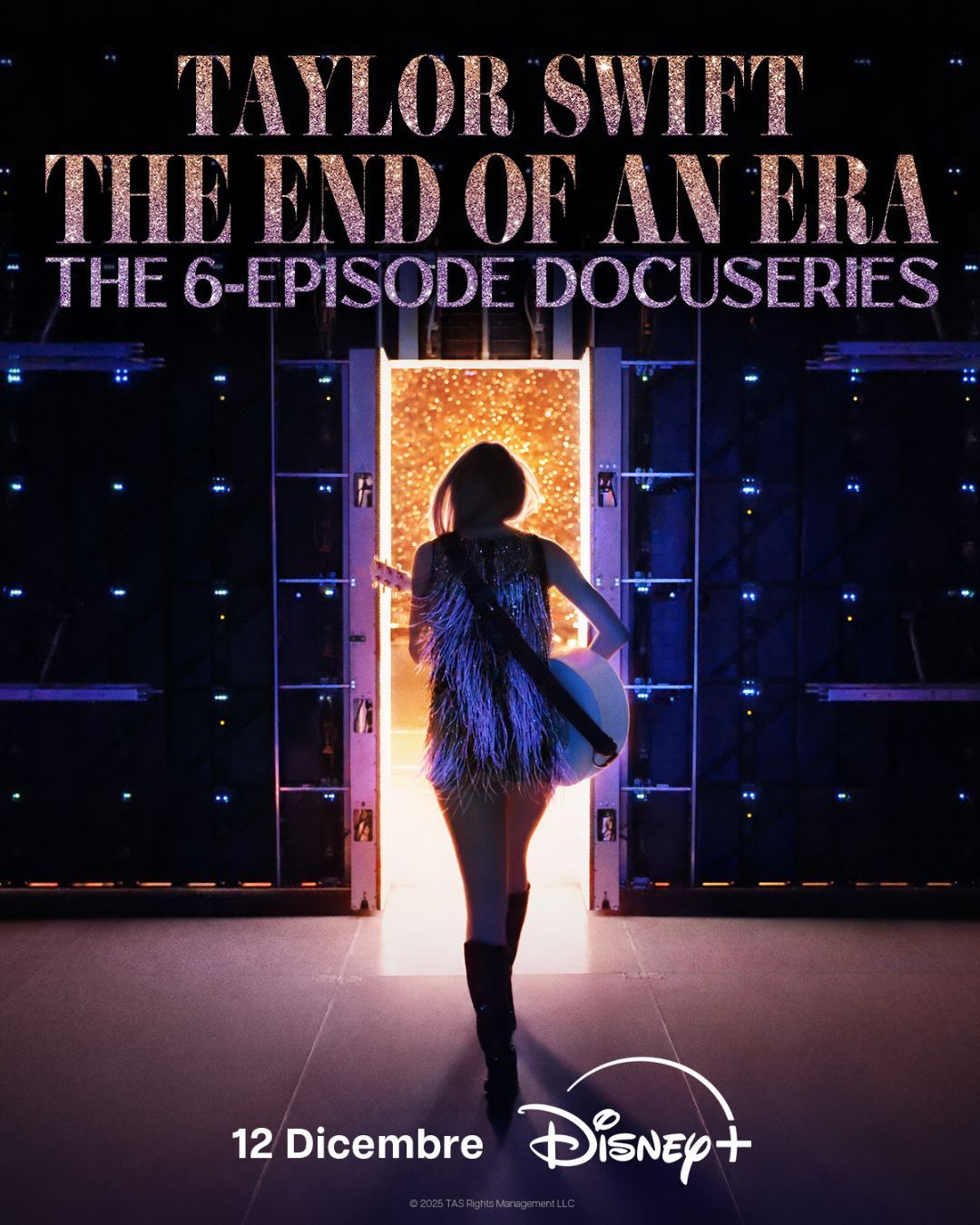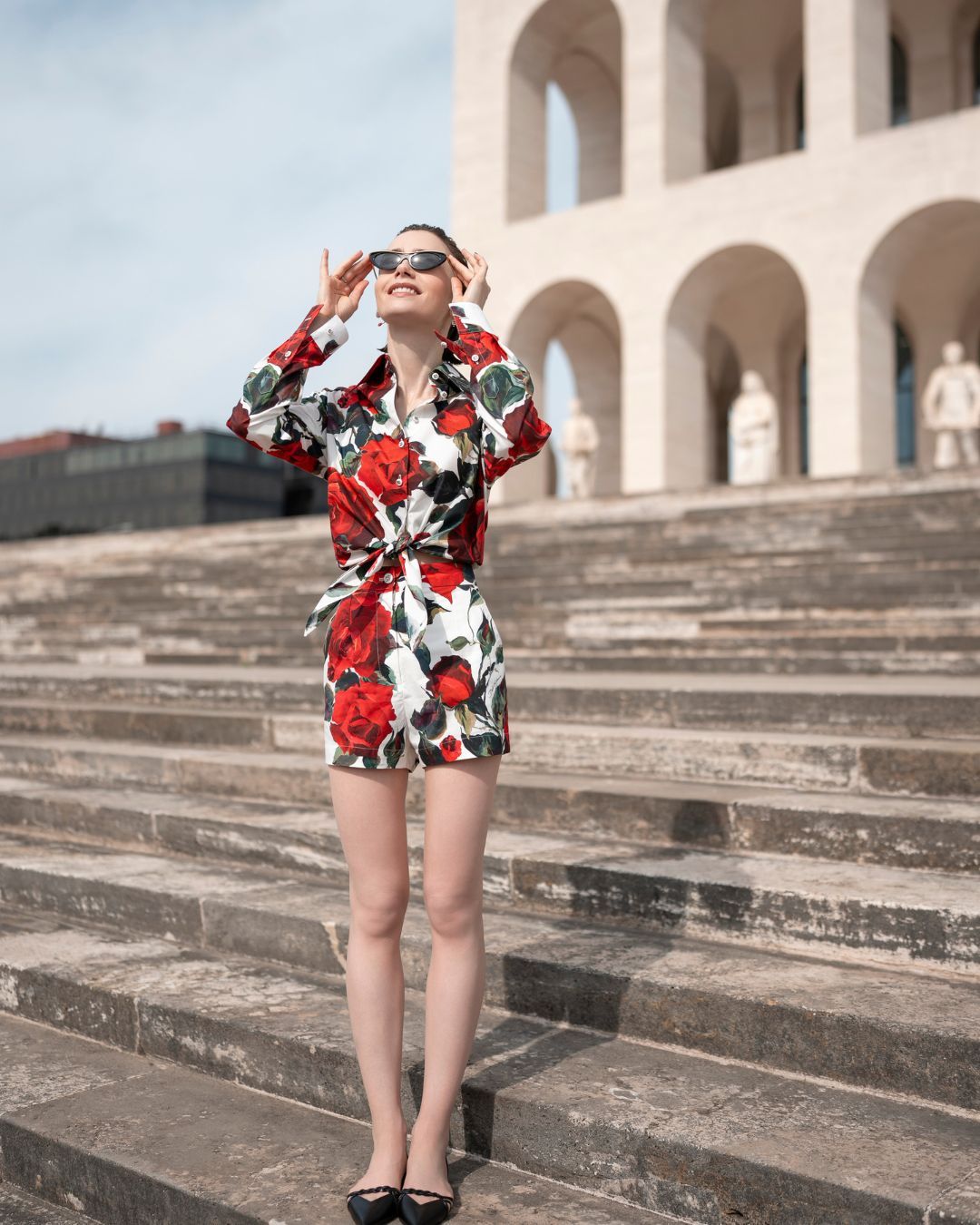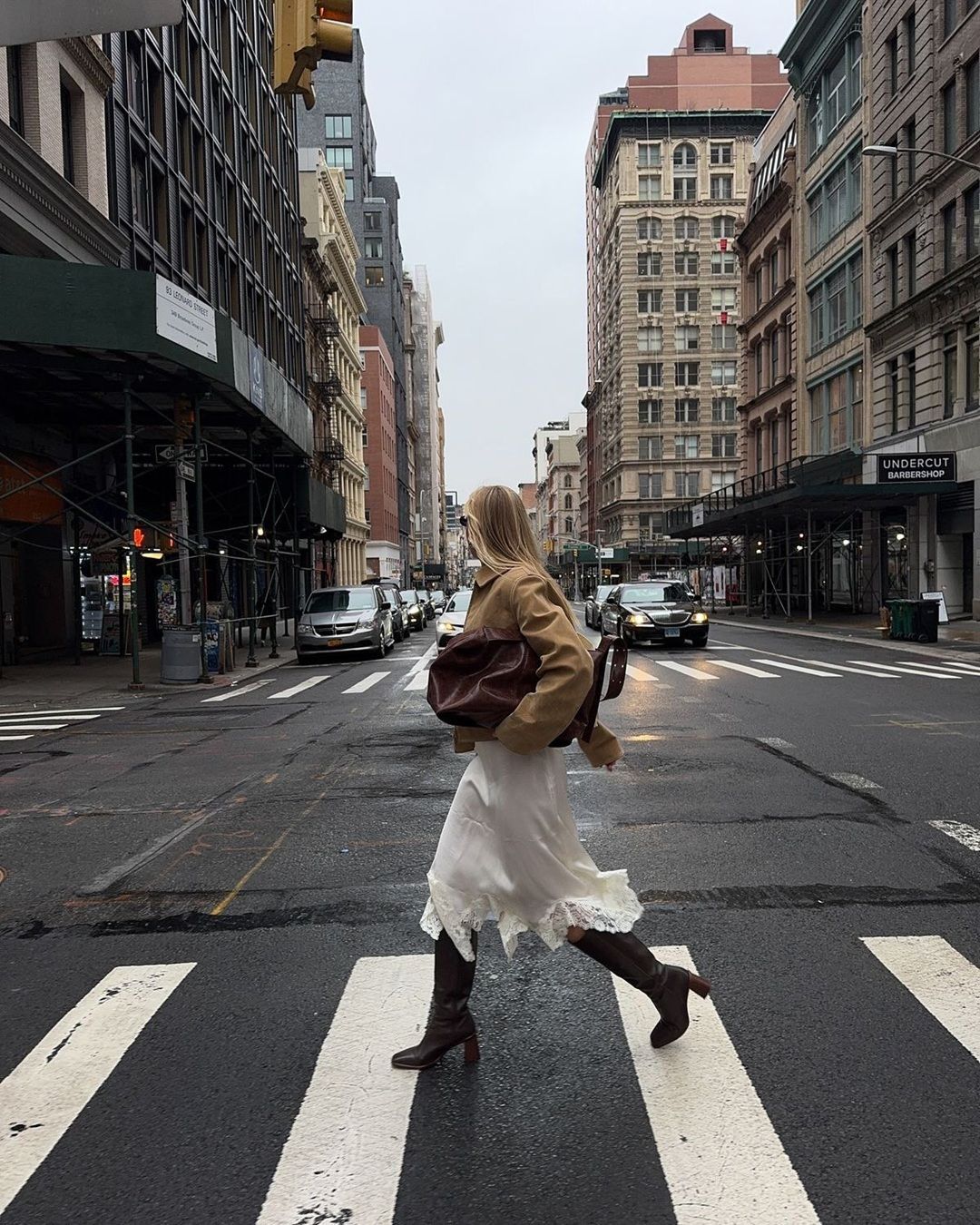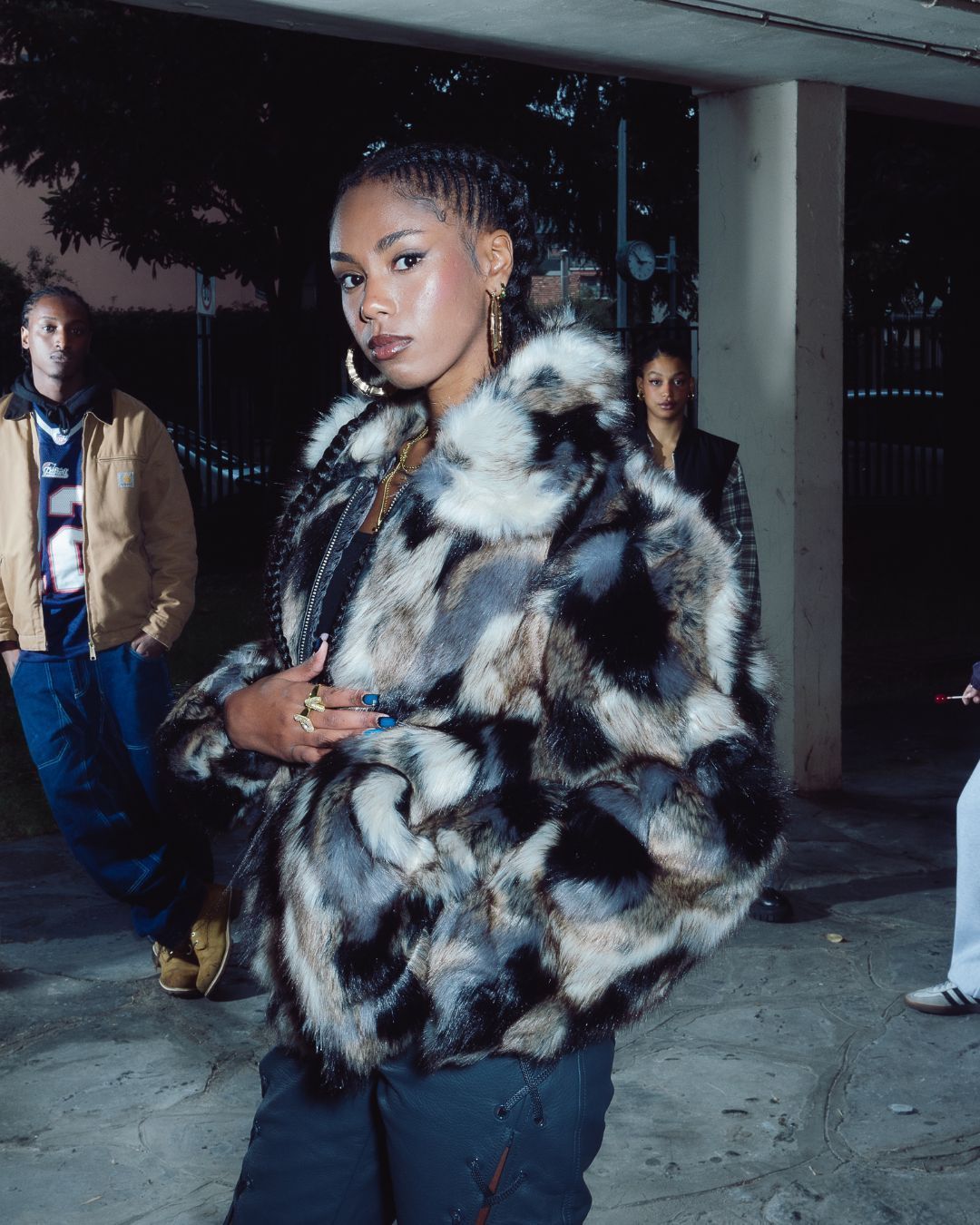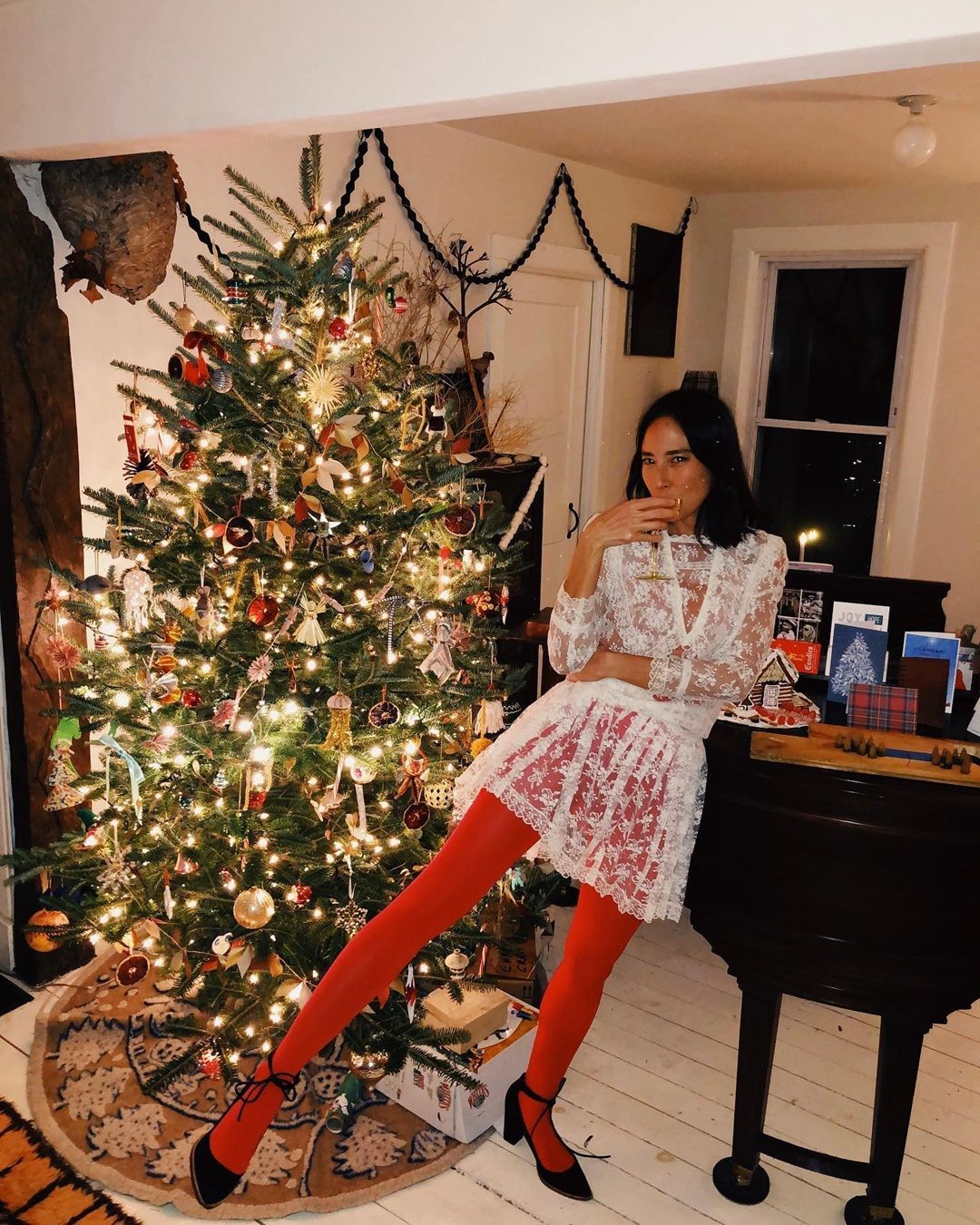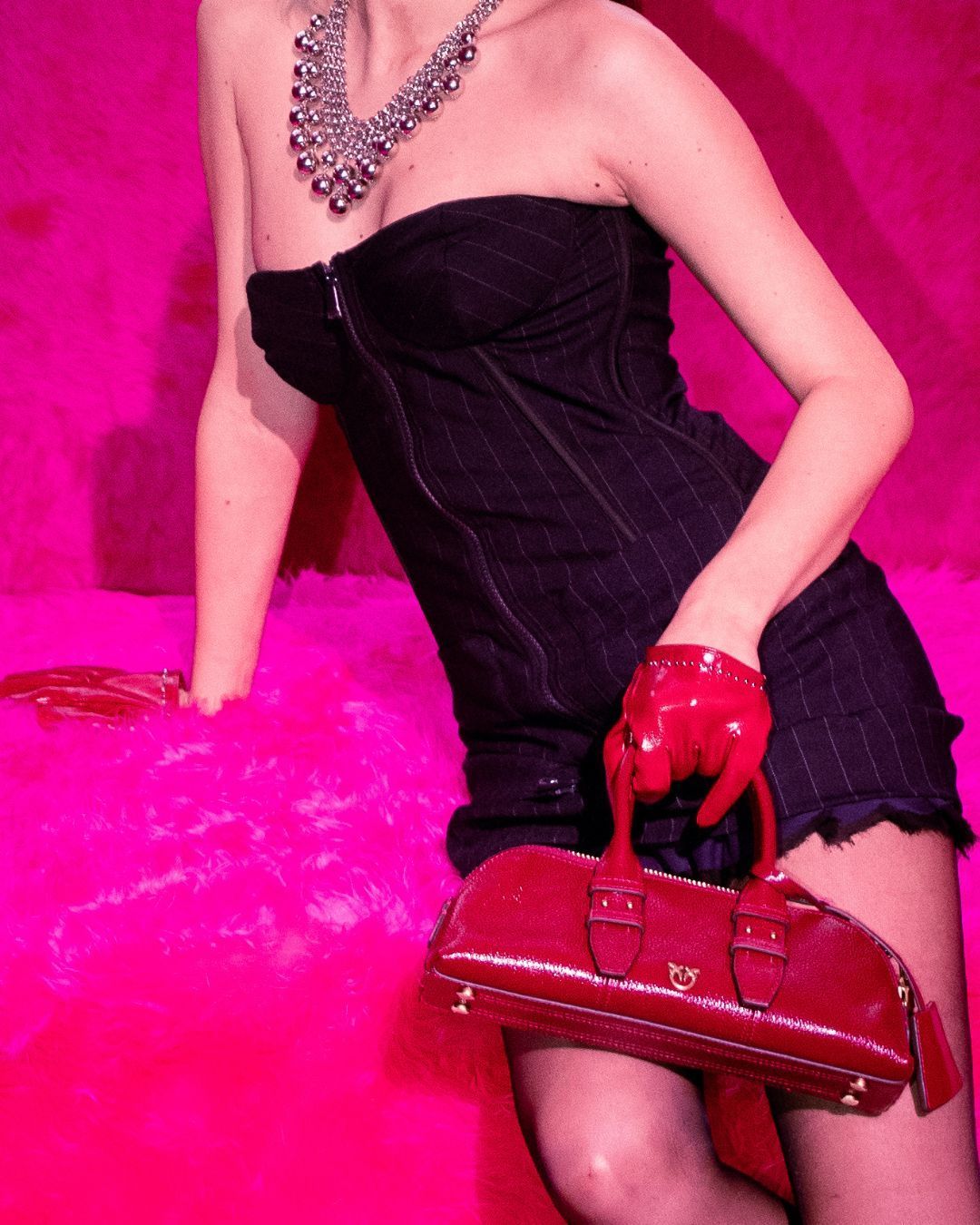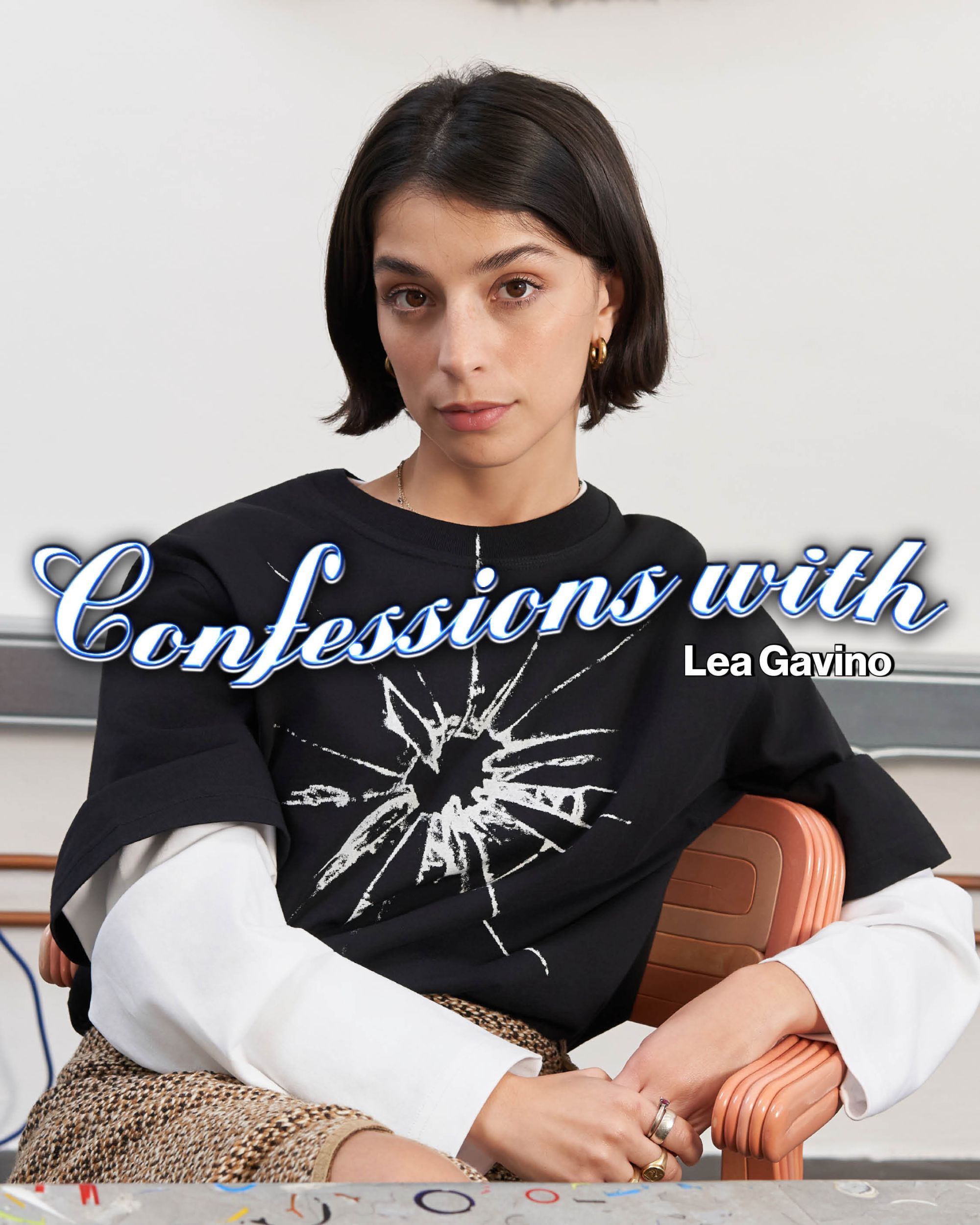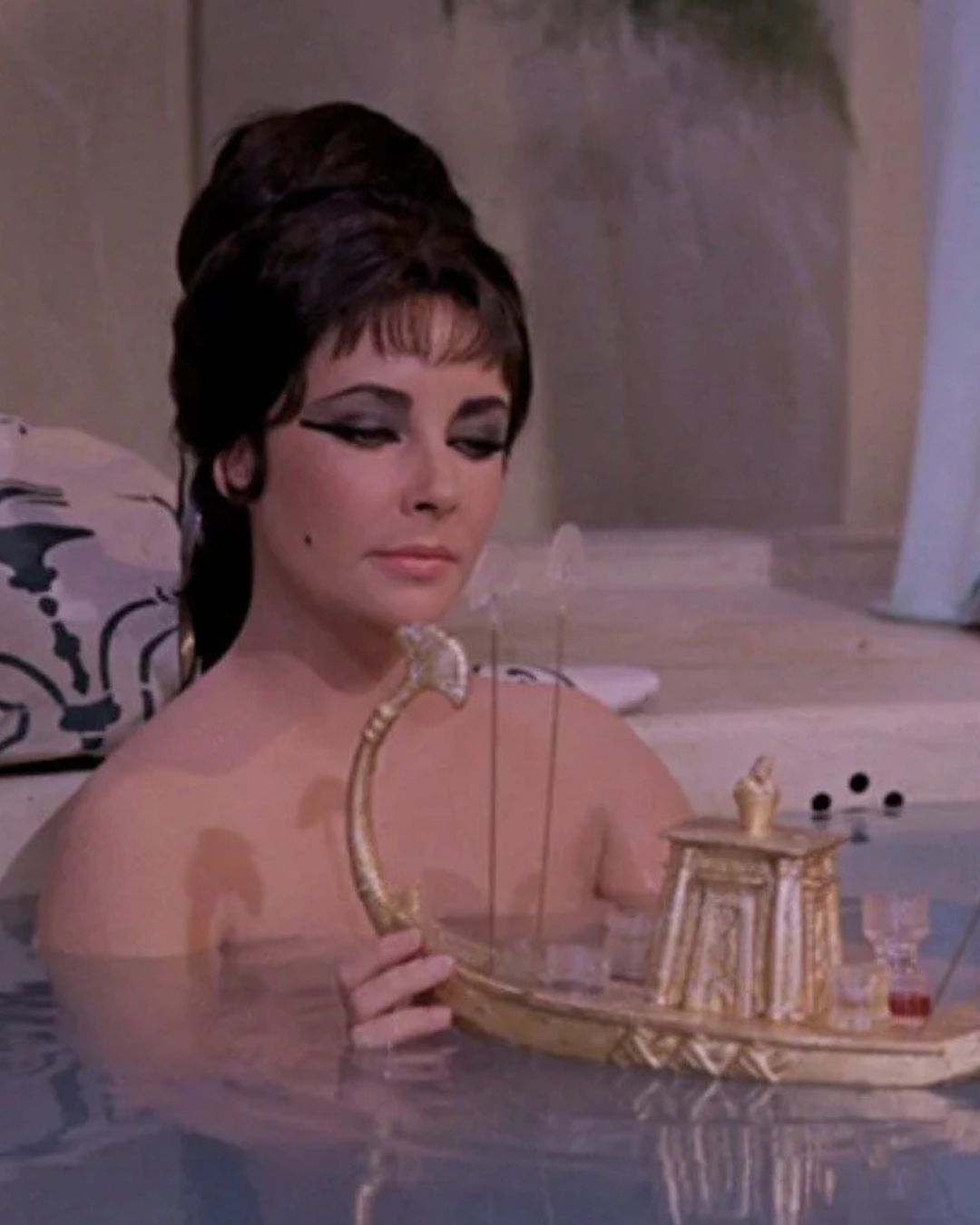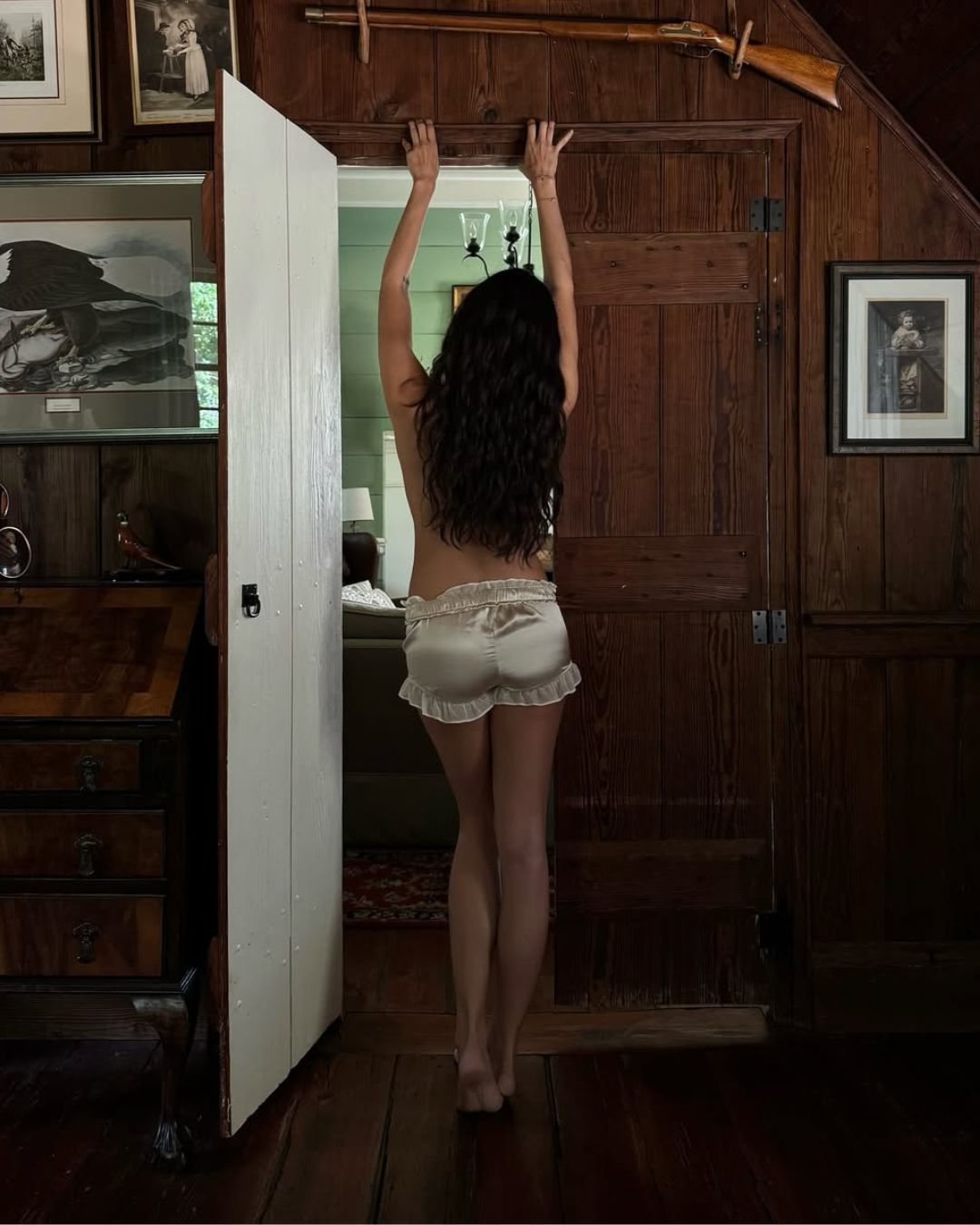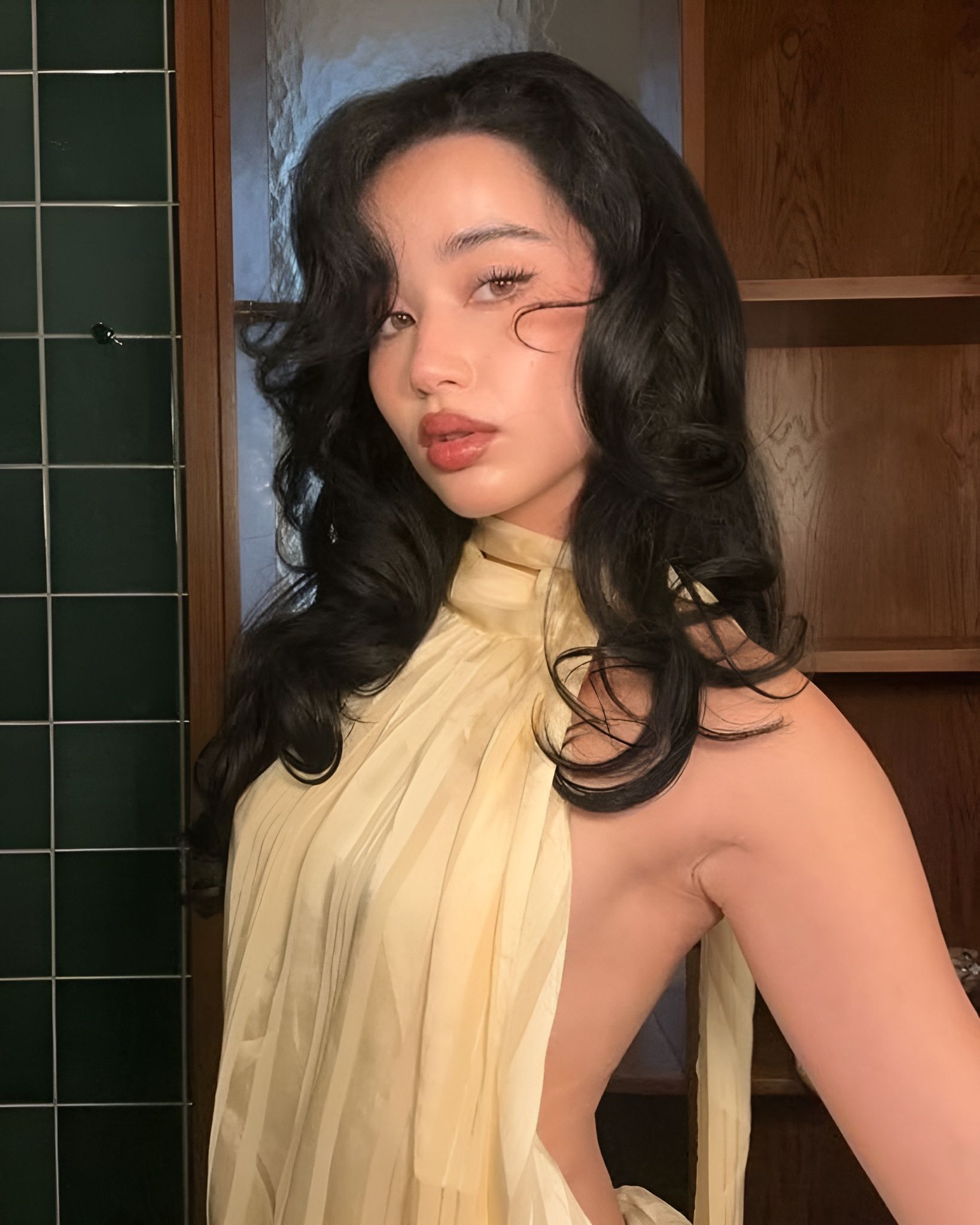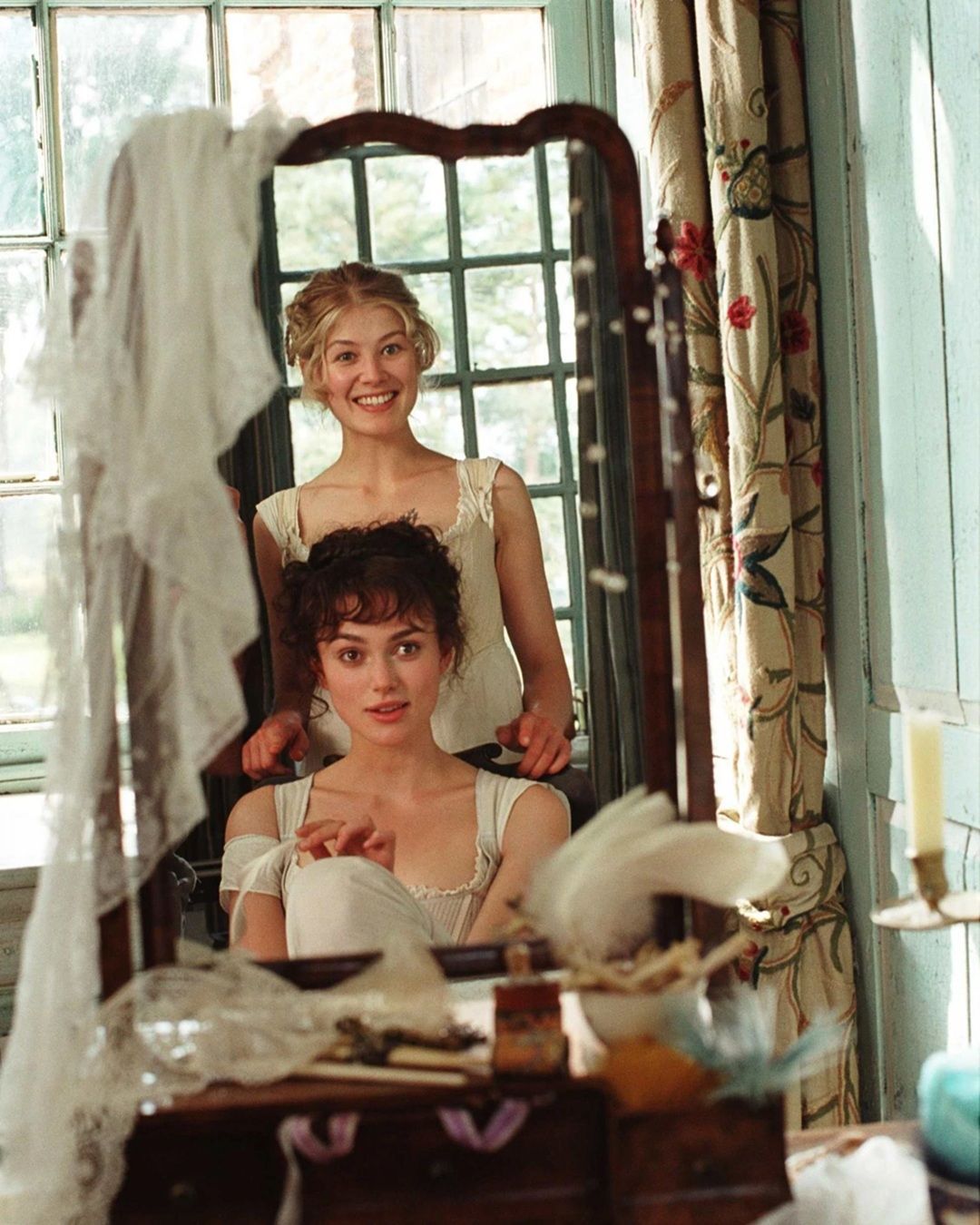
The return of romantic bangs: all about the Jane Austen Bangs What it is and how to realize it
There’s something in the air and it’s not just the scent of blooming jasmine or the buttery flakiness of croissants during slow spring breakfasts. It’s the return of a gentle, whispered beauty that doesn’t need sharp lines or shout-outs on TikTok every five seconds. It has the grace of novels read in the late afternoon sun and the nonchalance of someone who knows exactly what they want, but prefers to suggest it with a glance rather than announce it aloud. Ladies and gentlemen, welcome to the era of the Jane Austen Bangs: the most literary romantic fringe we could possibly imagine.
What exactly are Jane Austen Bangs?
Don’t picture anything stiff or theatrical. This isn’t the realm of geometric cuts or mod-style bangs that look like they made a pact with a ruler. Here, we enter the domain of softness, flow, and a certain elegant messiness. The Jane Austen-inspired fringe is gently rounded, slightly puffed, and ends just above the brows. The effect is reminiscent of letting down your hair after it’s been tied up for hours, or Elizabeth Bennet running through the rain, not for shelter, but to reaffirm she won’t marry Mr. Collins. It’s accidental beauty, perfectly imperfect.
Neoclassical roots: from Greco-Roman busts to Regency boudoirs
The Jane Austen fringe didn’t originate on Instagram or in the pages of beauty magazines. It comes from oil portraits and neoclassical sculptures of the late 18th century. At the time, aesthetics were heavily influenced by ancient Greece and Rome: faces framed by soft strands, hair gathered in high chignons with thin tendrils cascading over the temples, as if beauty was supposed to appear effortless, almost accidental. Even during the Regency era, the same world Austen wrote about, women’s hairstyles embraced this fluid elegance. Aristocratic ladies wore elaborate updos often adorned with ribbons, flowers, or feathers, but would often leave two or three strands to fall beside the face. It was a perfect balance between order and spontaneity, art and nature. And that’s how the Jane Austen Bangs were born: a modern homage to timeless beauty.
The fringe of heroines: from Emma Thompson to Chapell Roan
In truth, this romantic hairstyle has been with us for years. Every time a Regency era film adaptation hits big at the box office, Regency-inspired fringes get their moment in the spotlight. Emma Thompson wore them in Sense and Sensibility in the ’90s, while Keira Knightley gave them rebellious flair in her 2005 role as Elizabeth Bennet in Pride & Prejudice. Saoirse Ronan practically swam in soft fringe waves in Little Women, while Phoebe Dynevor charmed the Duke of Hastings (and all of us) with dreamy tendrils in Bridgerton. But Jane Austen Bangs don’t stop at fiction. Taylor Swift reimagined them with her signature glam nostalgia, Leighton Meester wore them like a Blair Waldorf in the English countryside, and Elizabeth Olsen gave them a modern twist under a floppy felt hat. Even Ariana Grande recently wore a gamine fringe à la Audrey Hepburn, which she side-swept when the moment called for it. Chapell Roan brought them to the now with bold looks and theatrical make-up, proving that even a romantic fringe can become a red-carpet pop accessory. Meanwhile, rumors are swirling of a new Pride & Prejudice miniseries, starring Emma Corrin as the next Lizzy. We’re betting she’ll eventually be seen tucking long flowing strands behind her ears, ready to face a new-generation Mr. Darcy.
How to style Jane Austen Bangs
The real secret of Jane Austen Bangs is that they seem effortless, but, of course, that’s a romantic lie (like most of the best things in life). The goal is to achieve a gently disheveled look, as if the strands landed there by chance, maybe tousled by the wind on a country walk. The ideal base is a long, face-framing fringe, layered at the sides, brushing the cheekbones or even skimming the jaw. It must feel light and airy, never heavy, and should be worn parted, either in the center or just off to one side, to create that curtain effect that flatters the face without suffocating it. Hair can be wavy, curly, or even slightly frizzy: every texture adds something unique, as long as it retains that sense of curated naturalness. The finish should never appear stiff: reach for lightweight products like sea salt spray, defining oils, or airy mousse. If you love curling irons, use them at medium heat to craft waves that fall apart with a single smile. And let humidity do its thing, a little frizz or uneven bounce isn’t a flaw, but part of the Austenian charm.
Postscript: cut with love, worn lightly
Jane Austen Bangs are much more than a fashionable detail: they are a subtle but decisive style statement, a quirk that comes from afar but speaks very well the language of our age. They are ideal for those who want to add a dreamy touch to their image without looking like they stepped off a photo shoot. Cut them, caress them, let them move in the wind. And maybe, as you fix those two unruly locks in front of the mirror, indulge in a romantic thought. Whether it's addressed to a love, a literary character, or simply to yourself, because yes, even bangs can write poetry.


